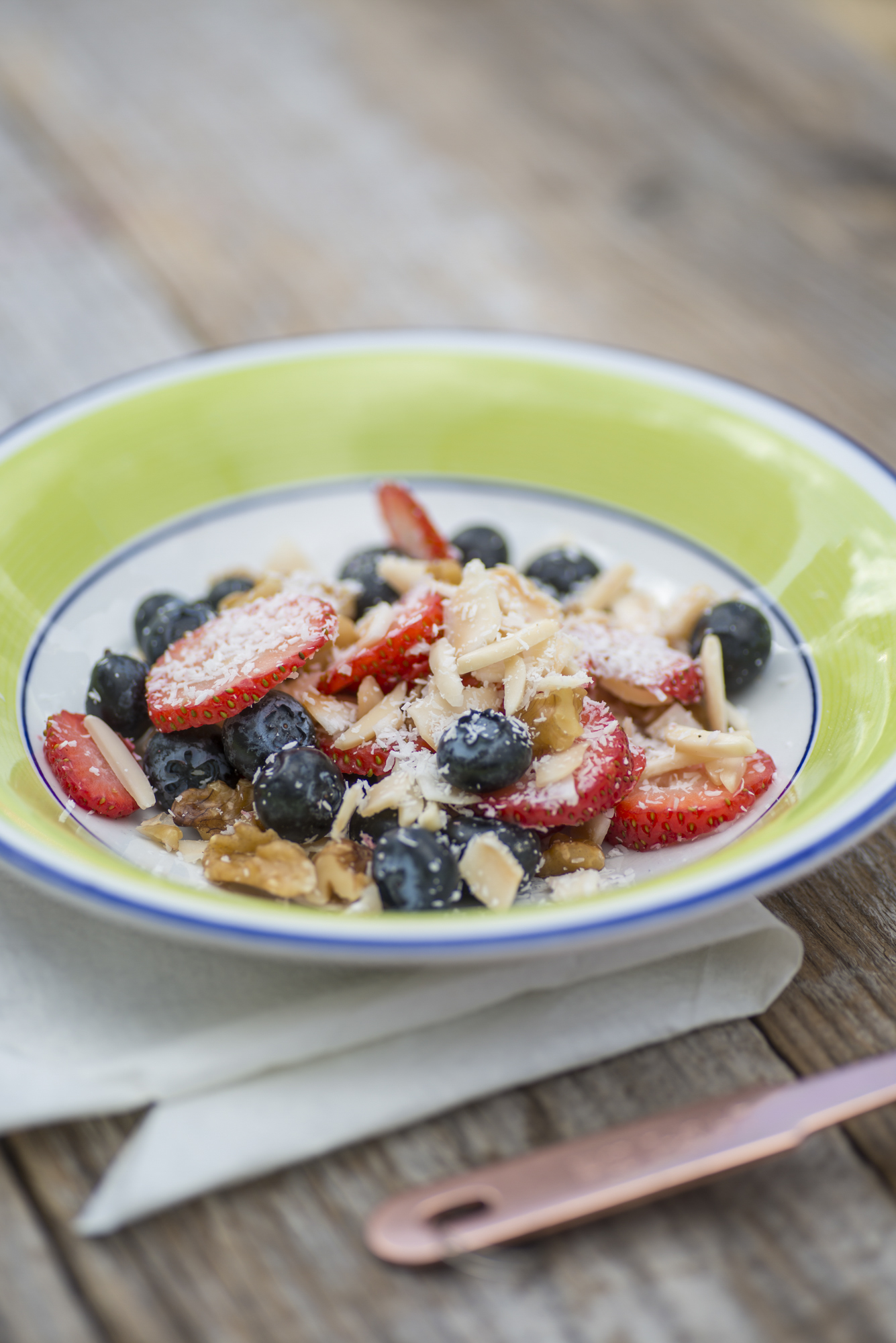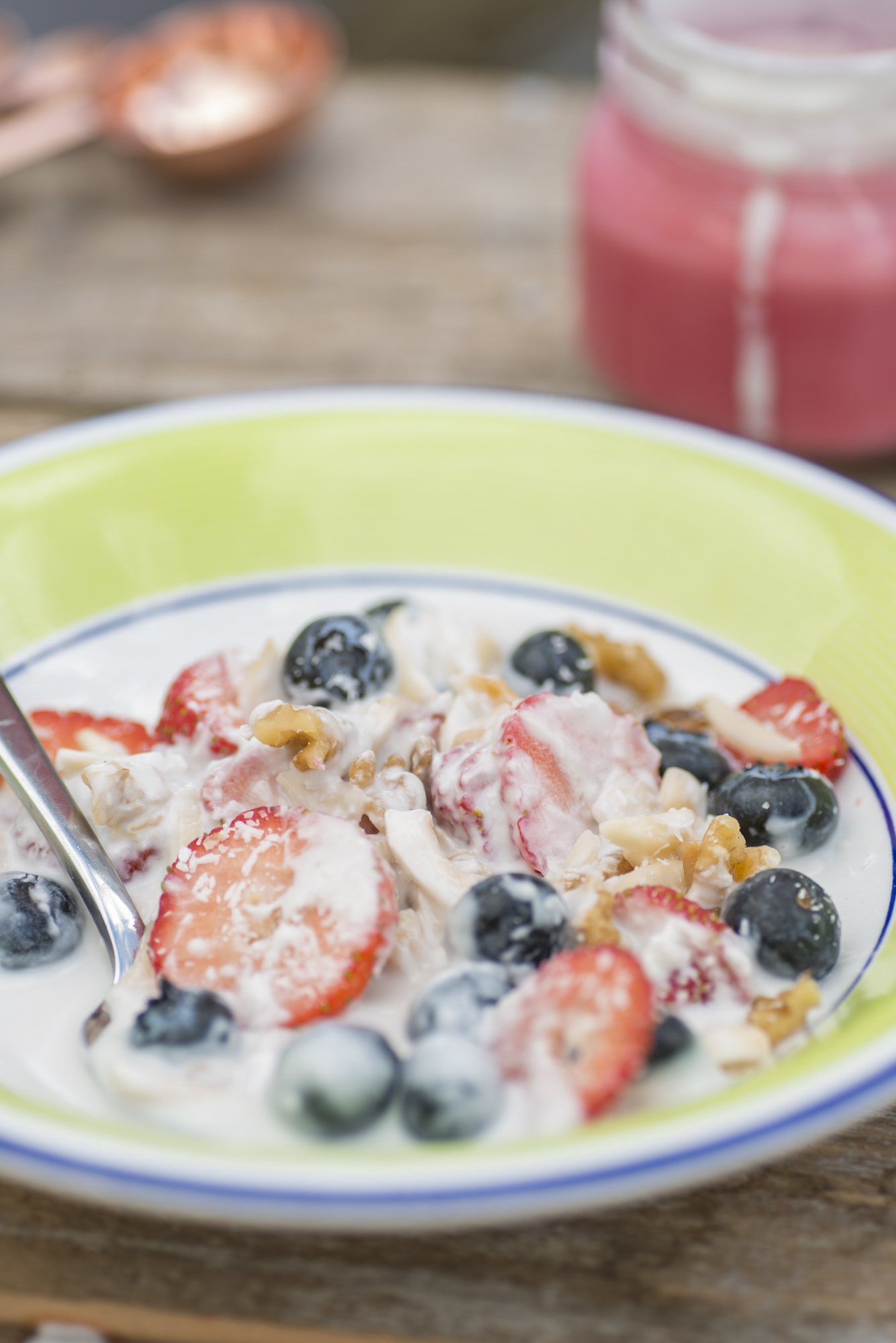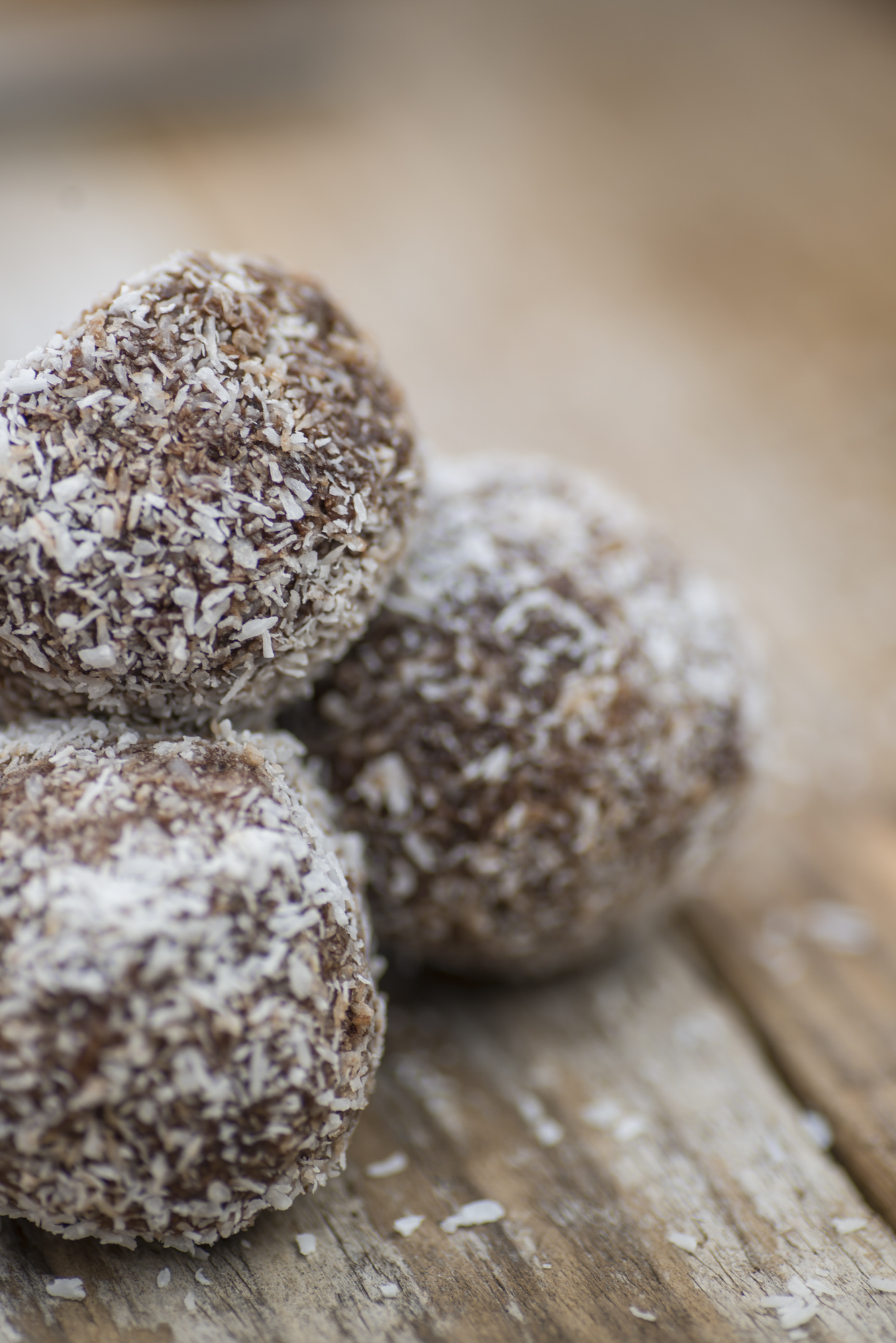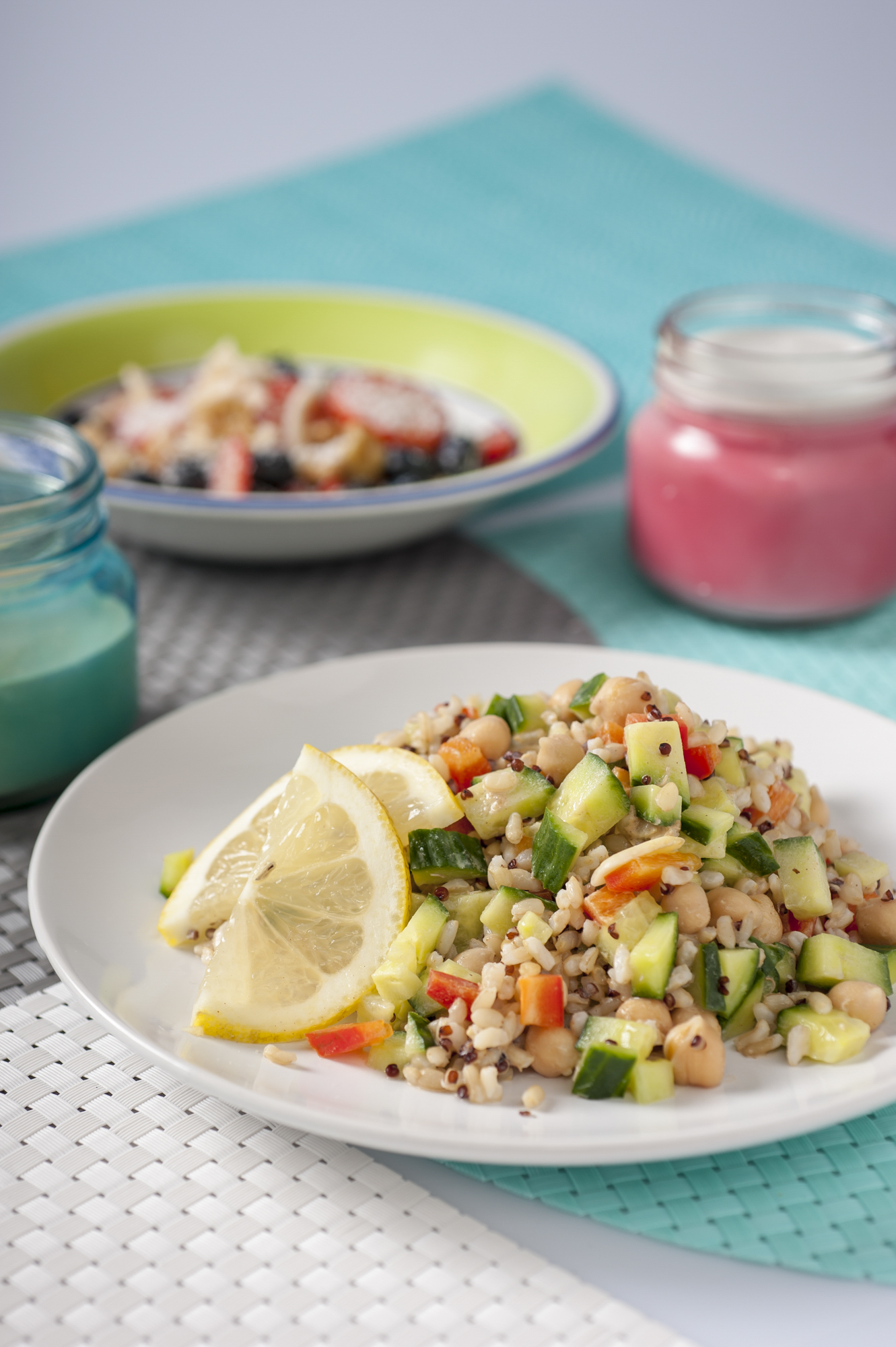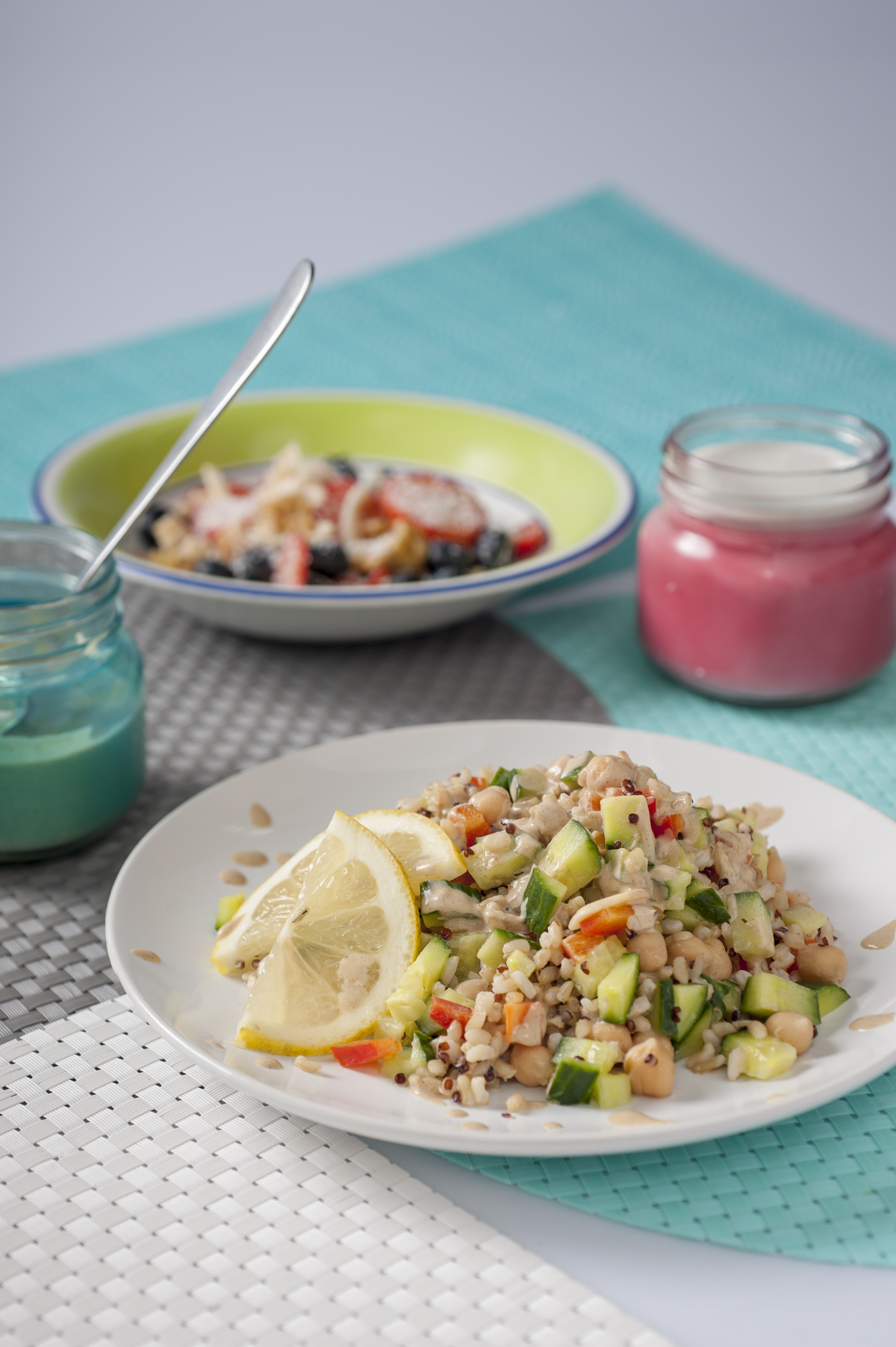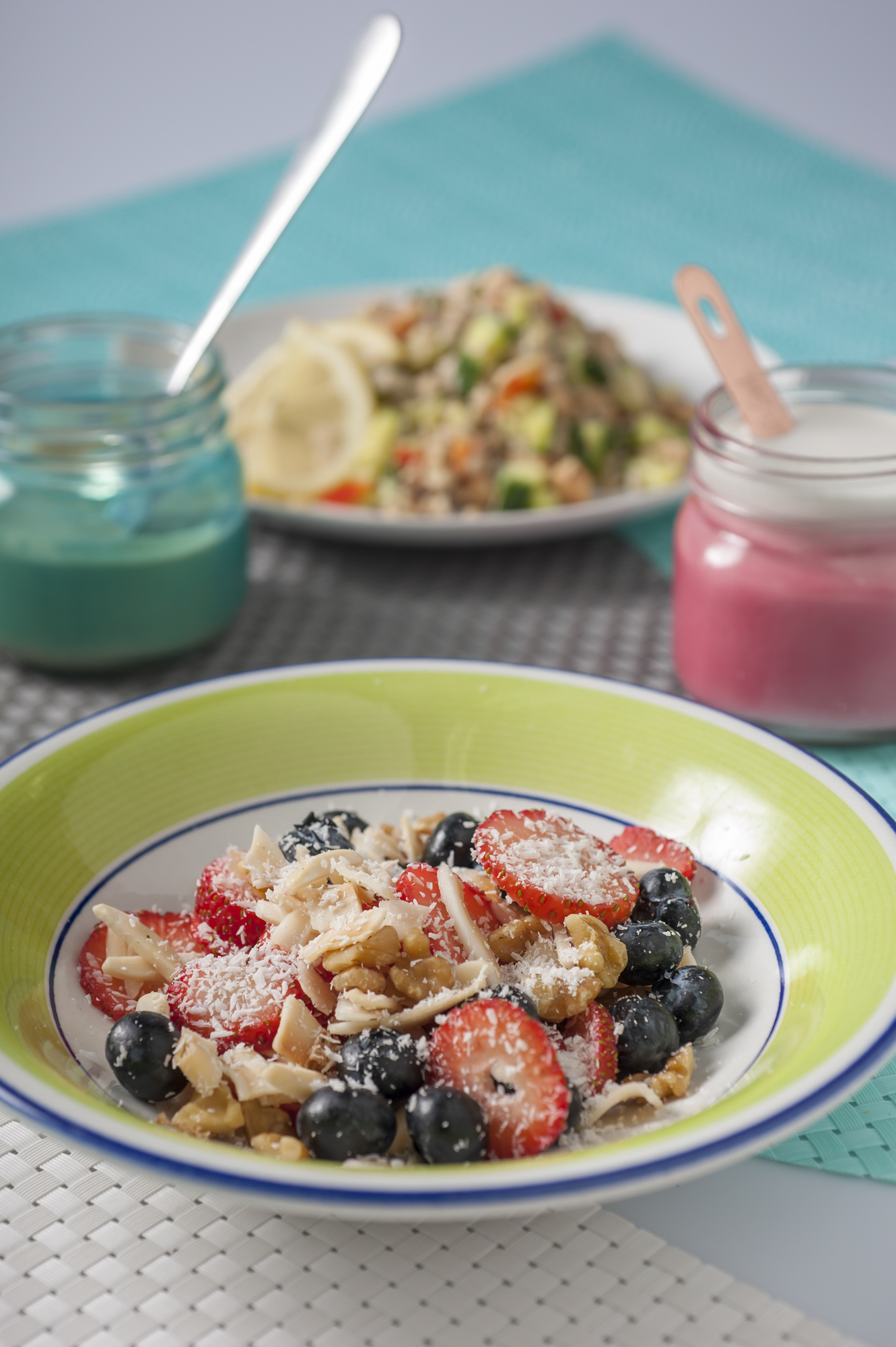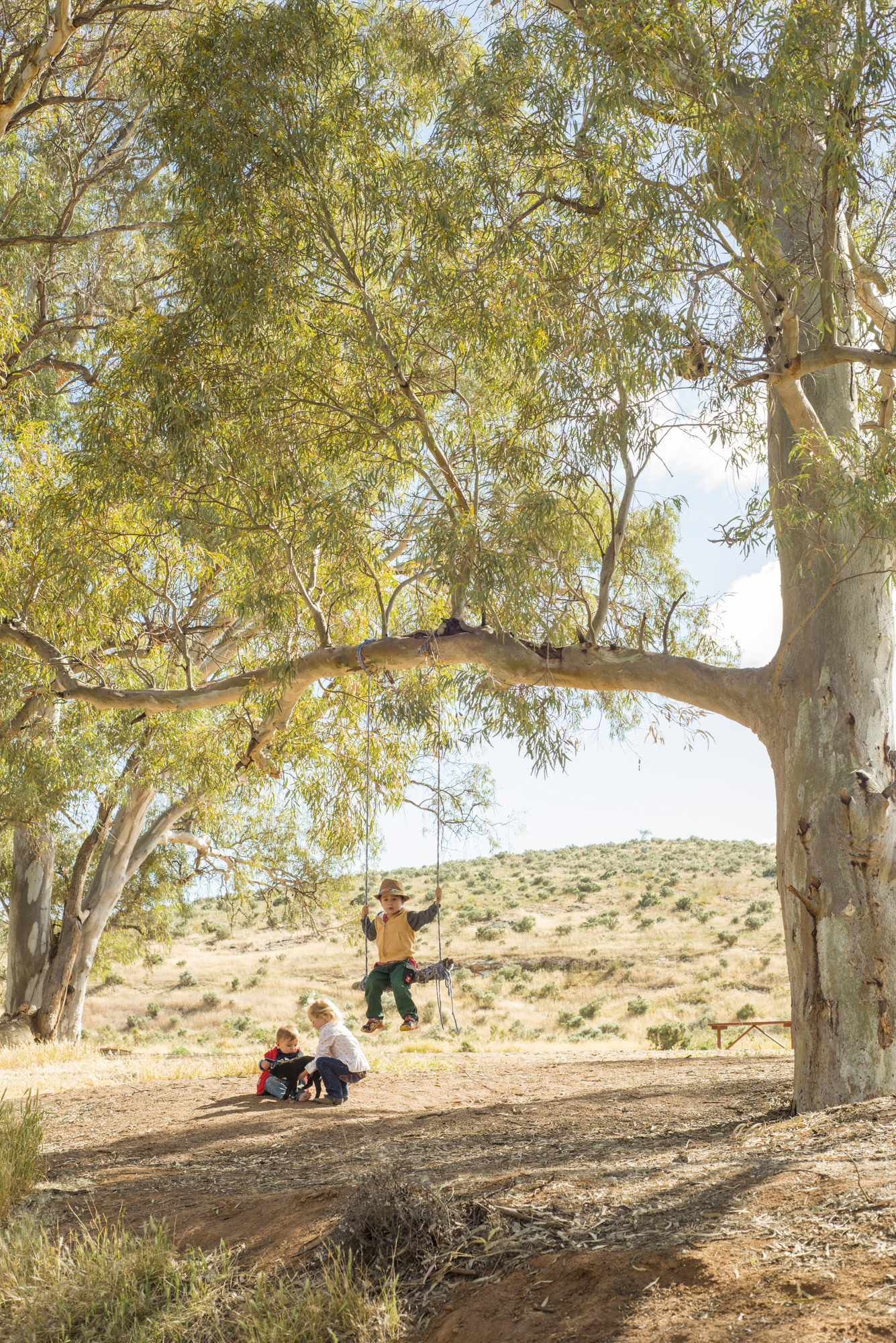
Location photographer. Getting behind the scenes. Showing off the secret, and not so secret, treasures of the world.
What to ask your photographer before the shoot...
Are you hiring a photographer? Want to make the most of your shoot? There's a bit of prep involved to get the most out of it. Here are 10 tips.
On shoot with Adelaide Sightseeing - fun and relaxed.
Know why you need your photos. What size? Any layout requirements? Ie. Website header images, specific crops, print size, billboard size, only web size. Think about all the places you might like to use them. If it's for a specific purpose, you need to know the image dimensions required - this can alter the way a photographer shoots and crops their images. They may need to leave space around the image, so when it's cropped, it won't cut out vital aspects.
Develop a shot list and mood board. List all the images you would love. Then prioritise the images. Have a look at Pinterest for examples of style, colour, light, feel that you like.
Think about other uses for your images. It's much easier to get similar scenarios while shooting than to re-shoot. Different angles, different angles, or adding/subtracting elements can be quick and give you easy options for different uses. Remember how much content you should be sharing? Shooting like this is a good way of getting it, so you don't have to re-use the same image all the time.
Use talent that fit your client demographic. You need people in your images that can relate to your clients - so they can see themselves there, using your product etc. Don't settle for anyone you can get.
Prepare all the props in advance. If you buy props and don't use them, you can always take them back. If you already have what you need, collect them and make sure they are in good condition. Think about all options, even ask your photographer what you may need.
Clean and tidy everything. A photo can show everything. And it's quicker and more economical to get it right before photographing rather than relying on retouching. Fresh food, ironed sheets/bed covers, clutter etc. Look at what you are going to shoot with a critical and detailed eye.
Research your photographer. Do you like their images? Do they have the experience you need? Who do they work with? Find them on social media to get to know their personality, the way they work etc. Sometimes it's worth paying that little extra to get that extra.
Like your Photographer! You are going to be spending some time with them - why can't you make it fun? Yes, you need exceptional images, but if you don't enjoy the process, it's going to be hard. Plus, you need to trust them. They are creating something that you have paid for, which obviously, can't be seen. The more they know about your vision and desires, the closer they are going to get to it.
Ask your photographer about usage rights - what do you need to use your images for? Photographers charge different amounts for different purposes. Photographers retain ownership of the photos they create so essentially they can re-sell and use the images however they want. Do you need exclusive use? Are they only for online use? Can you send them to media for use? Can you give images to another company to use? Ask.
Share as much information with your photographer as you can. Let them get inside your head. Your idea of 'funky and casual' can be different from theirs.
On shoot with Adelaide Sightseeing. Quiet and observing (sometimes).
What is Copyright?
Before we start (aka my Disclaimer)... I'm a photographer, not a writer. I tell stories through photos, not words. So I hope I make sense of this very confusing topic. I’ve been asked a few times lately to try and explain…
Need to give the media or another company photographs? Want to use someone else's photo?
Keep yourself out of trouble and always ask...
Where did it come from?
Do you have the rights to use this?
Do I have the rights to give this to a third company/someone outside of my business?
It all comes down to Copyright and what Licence and Usage Rights you have.
So what is Copyright? Apart from being a fancy circled C.
Basically, it's the ownership of the photograph or other artistic work.
Who owns it?
On a commercial shoot, the photographer does. Except photographs taken for State, Federal and Territory governments and agencies (but not local councils).
What am I paying for when I hire a photographer then?
You are paying for usage rights of the photographs created for the purpose stated in the contract.
What sort of usage rights are there?
Many. From periods, web, specific campaign, pamphlet, in-house newsletter, social media.... (I’ve included my standard one at the bottom of this page)
What can I use my photos for?
This varies, and it will be stated in your contract. Some photographers permit usage for specific purposes within the fee; others will give full usage to use photographs for different purposes within the business.
I said I need them for my website but now want to run a campaign with them. What do I do? Check your terms and conditions. Contact your photographer. If it's not included in the original fee, negotiate an extra use fee.
Can I edit my photos? Normally, no. A photographer will charge you for their final photographs which are already retouched to their standard. You have paid to use the photograph that they createdChat with your photographer if you need to change anything.
Can I give them to the models or someone else to use? Check your terms and conditions/contract. This would incur an extra fee.
Often, things are created for a specific purpose and usage rights are sold to you for that purpose only. Creative products like videos and photos are not sold like a physical product; they are sold for a purpose. The value is on the purpose.
So, as you can see, it's very important to give as much detail to your photographer BEFORE the quoting process, as there are a lot of variables. It's also good to be aware of if you are comparing quotes - see what is included.
This Australian Institute of Professional Photography link shares more techy info...
http://procommercialphotography.aipp.com.au/Articles/copyright-moral-rights-and-usage
The number one takeaway is read the contract and terms and conditions. Understand what you can do with the photograph. Ask your photographer to clarify. Every photographer works differently, so it's important to check.
What do I normally include in my commercial shoots?
A licence for my client to use the image for all purposes, for as long as the wish, to promote their business only. They are not permitted to allow third parties to use the image for third party advertising.
An example. My client is a winery. I photograph a group of people having a gorgeous picnic at the winery. We source a platter from the local caterer for people to 'nibble' on in the photo. My client is the winery. The local caterer is not. If the caterer would like to use the photo, they must contact me.
How Important are Photos in Your Marketing Strategy?
Photos. The foundation of your marketing. Get it right to build strong.
Your photo library is the visual foundation on which any marketing strategy is built.
Research says you have eight seconds to catch the eye of a Gen Z.
And for print - the decision to read or reject pamphlets and direct mail pieces is made by readers in
just 2.5 seconds.
Travellers want to visualise potential new experiences. How will it make them feel? To stand out in the tourism industry and inspire travellers to book you over competitors, place compelling visuals centre-stage throughout your marketing. There are two types - hero images and
stock/complementary images.
'Hero Shots' are your defining images - what sets you apart.
They are "wow" photographs that make the viewer think "I want to be there now"; They grab attention quickly in a saturation of images. A library of promotional images complements the hero shots. These images are less memorable but just as necessary to tell the story. Just like a magazine with their hero image on the cover, and the additional photos within the article.
Your appeal and uniqueness
+
great idea/concept
+
awesome team
=
Hero image
Uniqueness/appeal could be a landmark, a feeling or an experience.
The great idea revolves around a story. What does your ideal audience want to see? Weather, atmosphere, activity, talent similar to themselves? Let your audience imagine it could be them
there, enjoying your destination.
Find the production team you need and trust. Look at their portfolio, get to know them, find recommendations. You have to be comfortable and confident.
Finally, make sure your images (hero and stock) sit firmly within your marketing brand. They should be images that define you and make you unique.
Thousands of dollars are being spent taking those images into the marketplace - websites, promotional collateral, travel shows, social media - it makes sense to do it properly from the start.
PHOTO TIP: Photographing hotel bathrooms
Photographing the bathroom… some tips beyond ‘make it look as pretty and spacious as possible’.
It's not the most exciting part of the hotel - but it's essential for people with access needs. They have to make sure they can use the bathroom safely and conveniently. By using photographs, you are answering their questions simply and quickly.
Here are some tips to get the photo.
use a wide-angle lens so you can capture the floor, shower and toilet in one frame
allow the potential customer to see the space and size of the area
if you don't have access to a wide-angle, try getting the image from different angles to show the different areas
keep your vertical lines (the walls) straight
photographing from the doorway is often the best place
When booking a shoot, ensure your Photographer knows these requirements. If not, they will photograph the bathroom in the most flattering way and perhaps not consider this.
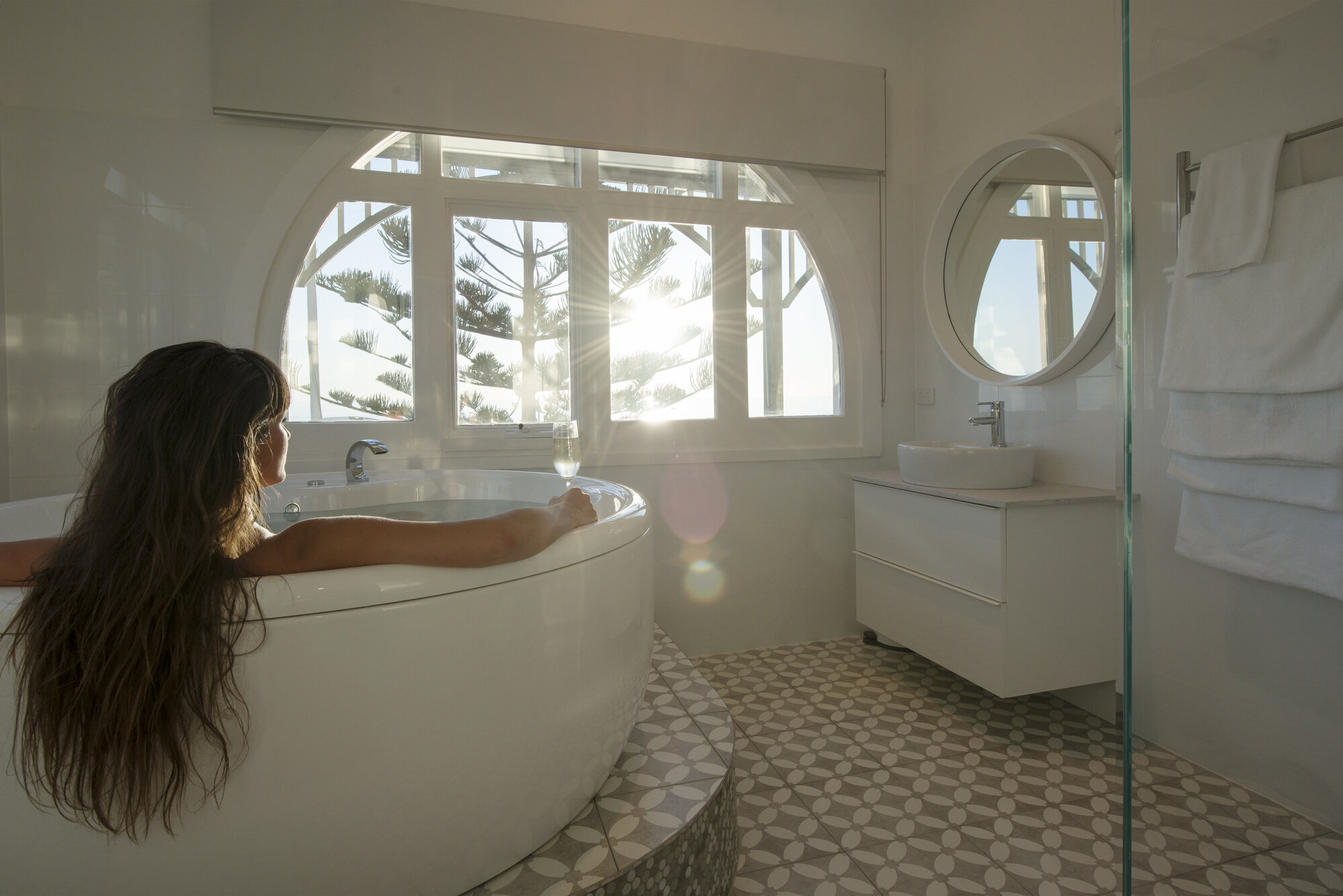
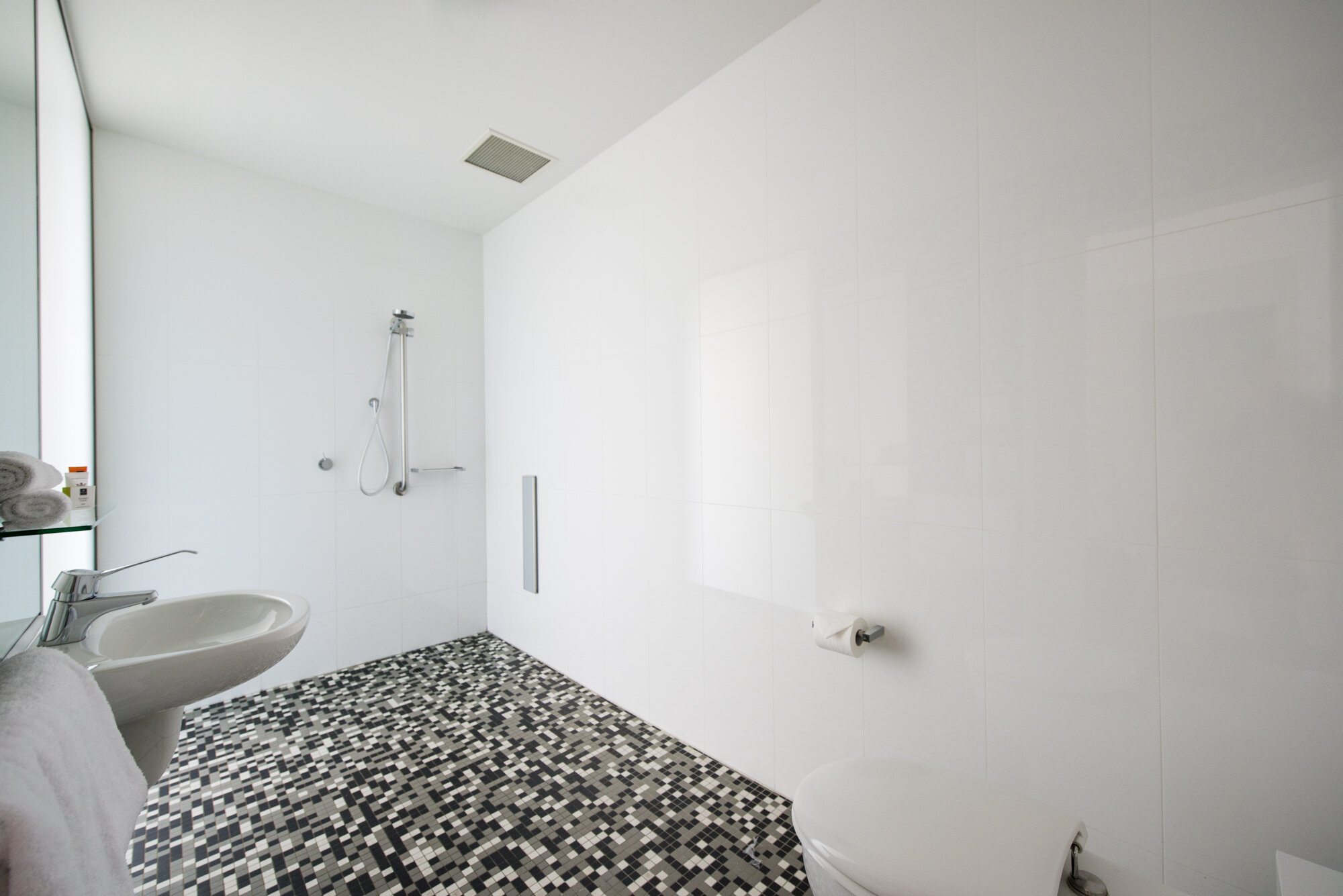
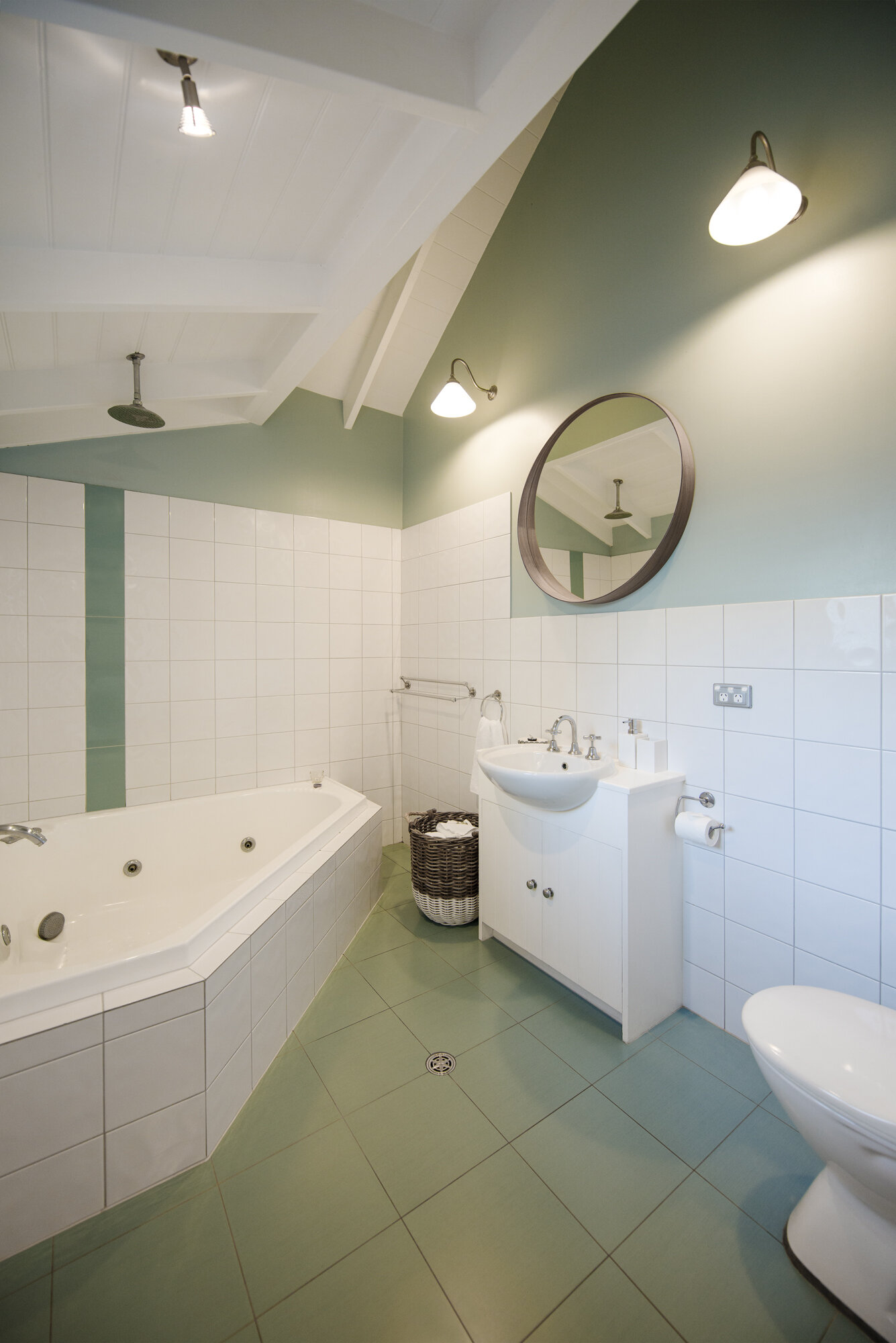
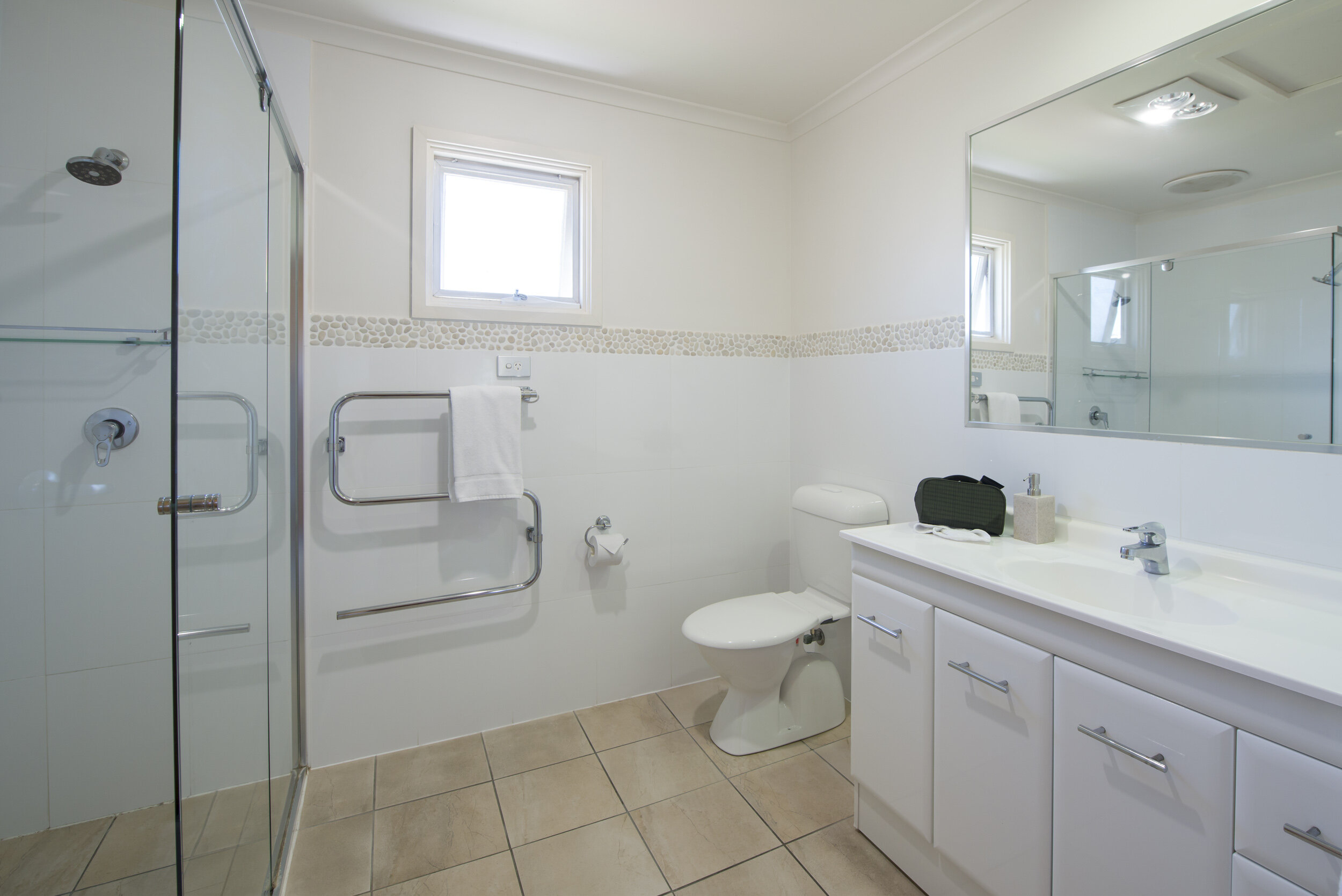
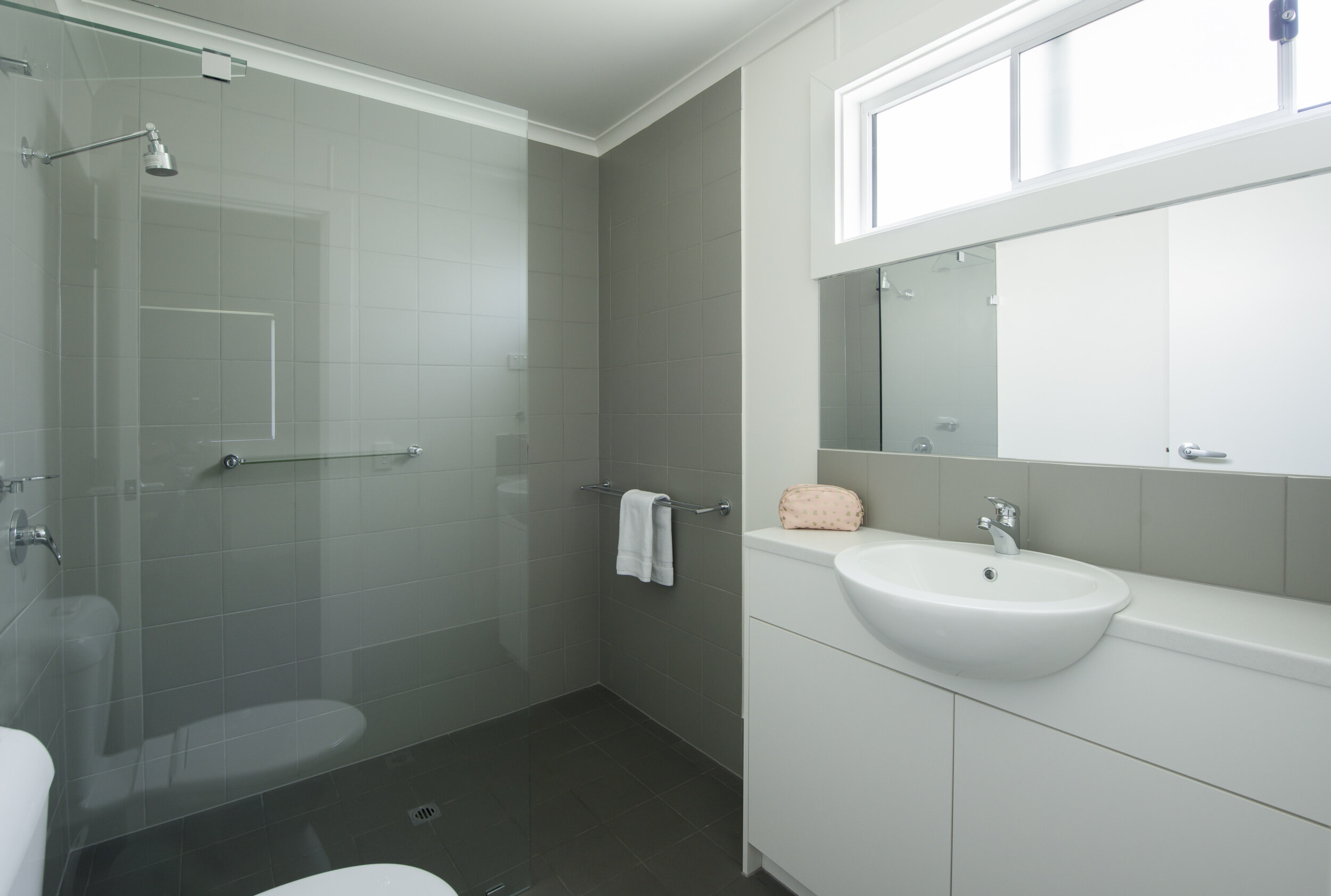

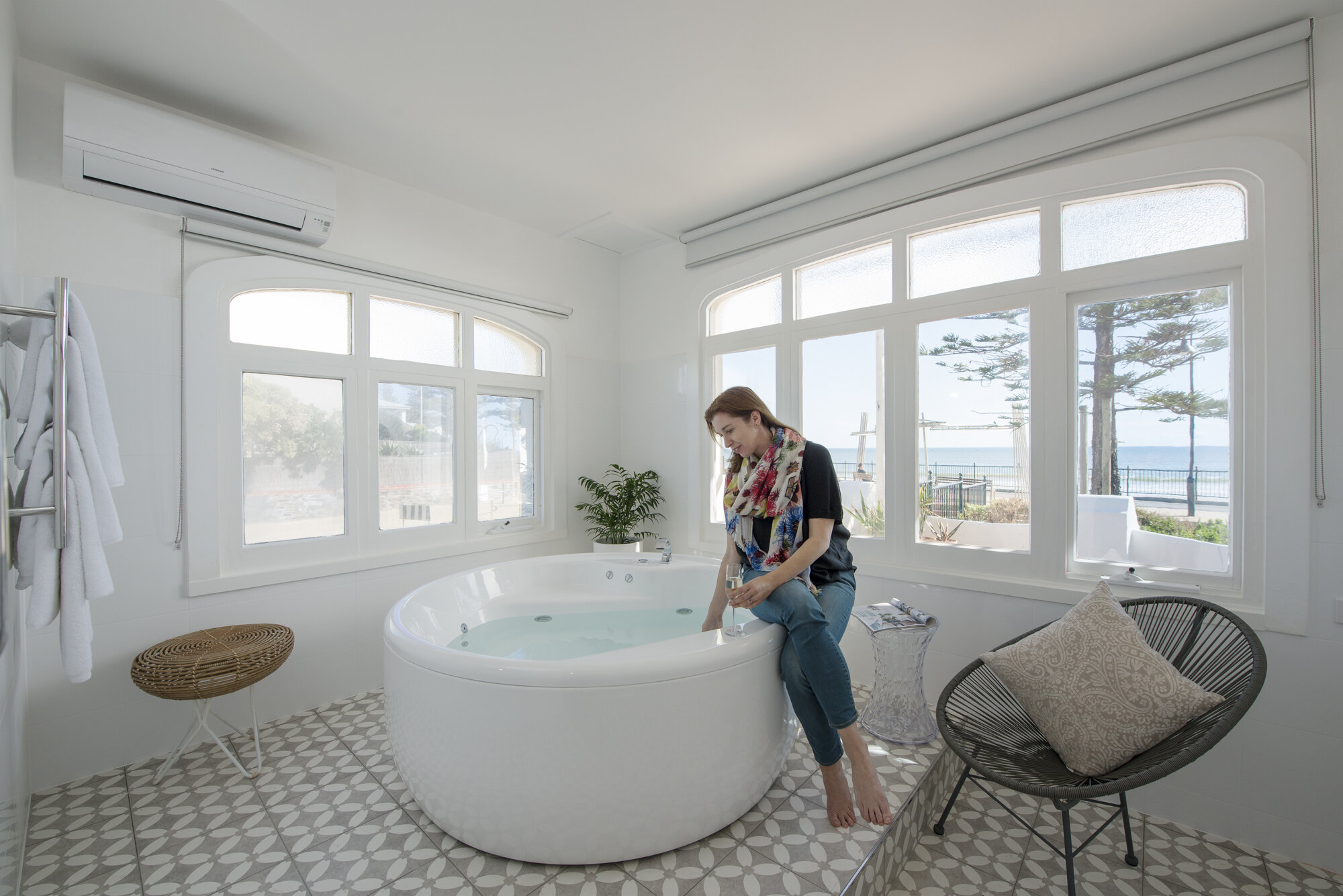
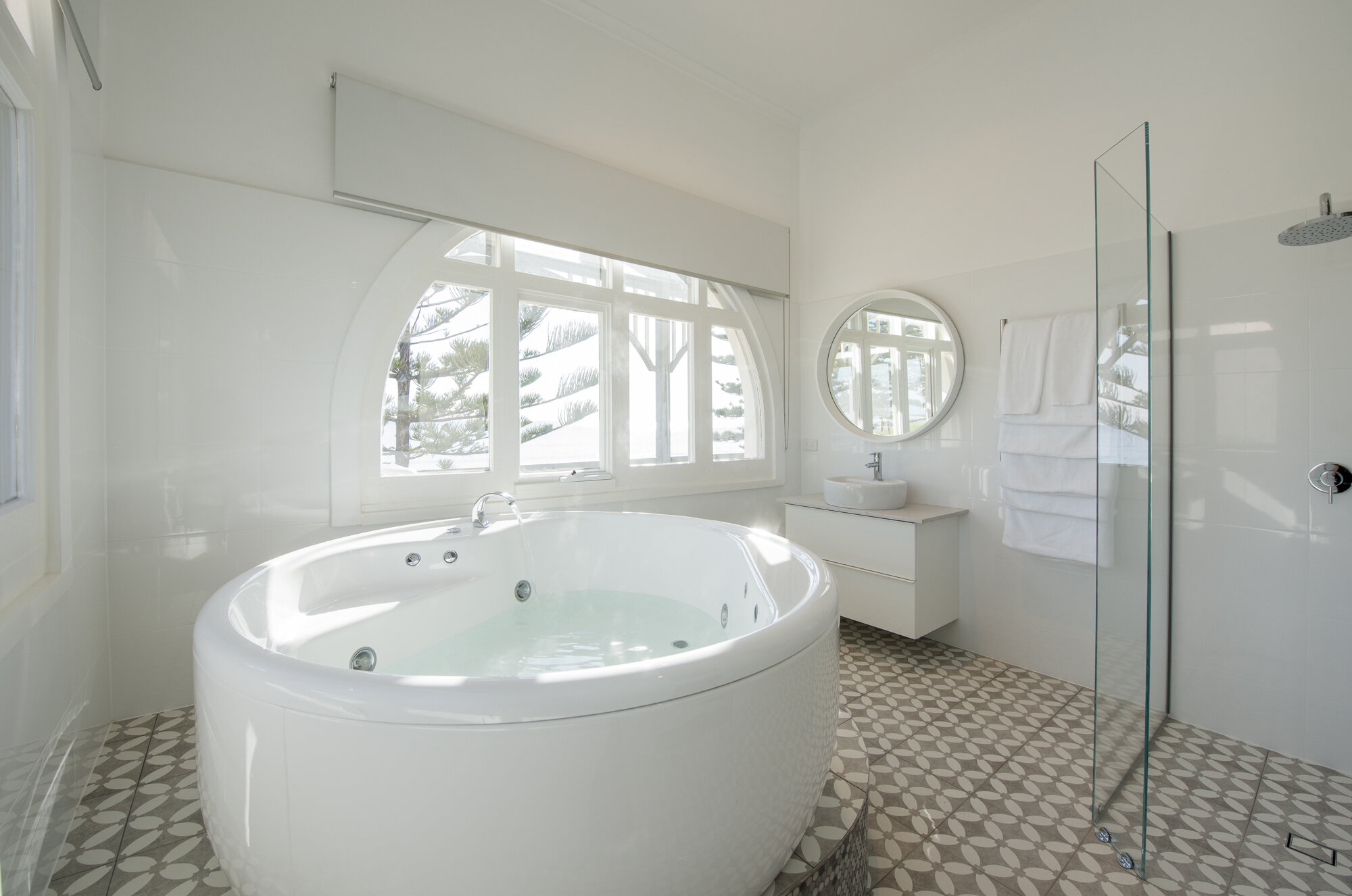
iPhone TIP: Better exposure
An easy tip to get better exposure with your iPhone.
You are framing up a photo, and it’s too dark or light.
What do you do? Take the photo anyway?
Well, there is something that can help you get a better photo. Whenever I show people this, they light up with joy.
Press the screen where you want to focus.
See the sun symbol. Hold and drag the sun up and down to lighten/darken photo.
Take the photo.
Shimmer Festival 2018: Instagram Dinner
#foodporn
Come join me for a night of fun, photos and food. Plus a bit of wine. :)
3 important photo tips...
3 easy tips to get better photos - no matter your photo device.
Lots of people say 'oh wow, that is a great camera, it must take really good pictures!' Well, you know what... Really expensive pots and pans don't make me an excellent Chef. Far from it. Sometimes the better the equipment, the more operator flaws are obvious.
Here are a few tips to consider, to make your photographs better, no matter the equipment.
1. Light
Considering the word photography means 'drawing with light' in Greek it's probably quite important in practice, yeah? Yes, it is. Light can make or break an image. One 'scene' photographed in one type of light can tell a very different story to the same 'scene' being photographed with a different kind of light. Dark and moody is reflected (or not so much practically speaking) through light, or lack of, just as bright and fun are achieved through photographing with lots of light and minimal shadows.
When looking at your 'scene' look at the light and what the light is doing.
Is there shadow across the face?
Is something too bright?
Is there too much shadow/darkness?
Evaluate and then take action.
If there is a horrible shadow behind the person you are photographing (and they are up against the wall) move them away. If there is dappled light on their face, move them to somewhere where it's not dappled. If there is too much shadow on the front of your object, turn it towards the light - whether its window, sun, flash, torch or lamp/light.
2. Story
I guess before you even get your camera/phone out you have to know your why. Why do you want to take this photo? What are you saying through this photo? Remember, one photo tells one thousand words.
What do you need to include in the photo to make the story? Will the person be enough or do you need to include where they are? A close up of a wine glass or a wine glass being held, with bottle and cheese platter, by a couple sitting watching a sunset. Or friends having a dinner party.
What is the most important part of the photo? Make sure there is a focus on that. If someone is doing a fantastic trick, but they only fill 1/10 of the frame, it's easy for them to get lost. And it's easy for the viewer not to know where to look.
3. Composition
There are a few rules to photography, but they can also be broken. So don't hold them as gospel. However, if you do remember them, and apply them, it can make a more appealing photo (most of the time).
The main one is the use of the rule of thirds. Cut your image into three horizontally then cut it into three vertically. Where the lines intersect is where you can place your point of focus. For example, put your waterfall on one of these points instead of the middle. A portrait of a person with a beautiful landscape behind (that you want to show) can be out on one of these points too. It works for anything. Except when it doesn't. Haha. Sometimes if you only have the one subject in the frame and nothing else to compete with it, it is better in the middle. Examples being a person looking directly into the camera, a product by itself, a group portrait...
So remember, it's not all about the equipment. In fact, I believe it has little to do with the equipment. Think about what you want the photo to achieve - your why. Then look at the light - does it suit what you are saying. Are there bad shadows or too much light? Then make sure what is inside your frame is right. Can you move in, should you get more in, are there distracting things in the frame?
Workshop: Marden Senior College
Showing students how I photograph... as I start out by saying 'it may not be the 'correct' way but it's the way I do it'. Is there a correct way?
I had so much fun showing the students at Marden how I photograph in a workshop I run. I did studio shots - my way of course. This scared me; I don't like the studio. Then we headed to where I feel comfortable. The kitchen, a makeshift outdoor studio and then locations around the college for portraits.
I also showed how I photograph in a kitchen, with working chefs and kitchen staff. How I photograph and style food on location without a stylist. How I photograph people on location with minimum equipment.
I wanted to inspire the students that it's not about the equipment you use, it's about your thought and vision. Think about what you want out of the photo.
What is the story? What emotions? What feel?
And then, what do you need to tell that story? Props or food alone? Perfectly presented food or half-eaten lifestyle look?
What about the background? Does it lend itself to clean and minimalist or textured and homely?
And look at the light. Where is it coming from, do you need to add more or reflect some back into the shadows?
This is what I focus on in Better Pics for Business and my workshops. How to get better photos with minimum equipment. The thought process and working natural light rather than styling a set.
Check out Better Pics for Business to see how you can get better pics with your camera or smartphone!
CLIENT SHOWCASE: Clare Valley Wine Food and Tourism Centre
What do you get in a half day shoot? Here is one sample...
In July 2017 I worked with Clare Valley Wine Food and Tourism Centre... here are the pics. These are all taken within a half day shoot. A 'basic' to 'medium' retouch has been done on these keeping the images real but removing distracting objects like 'Exit' signs.
Many more images were taken, proofs given to the client for selection, the client selects finals for delivery.
Let me tell you... there's choice. :)
If you want some ideas of what could work for you - email me.
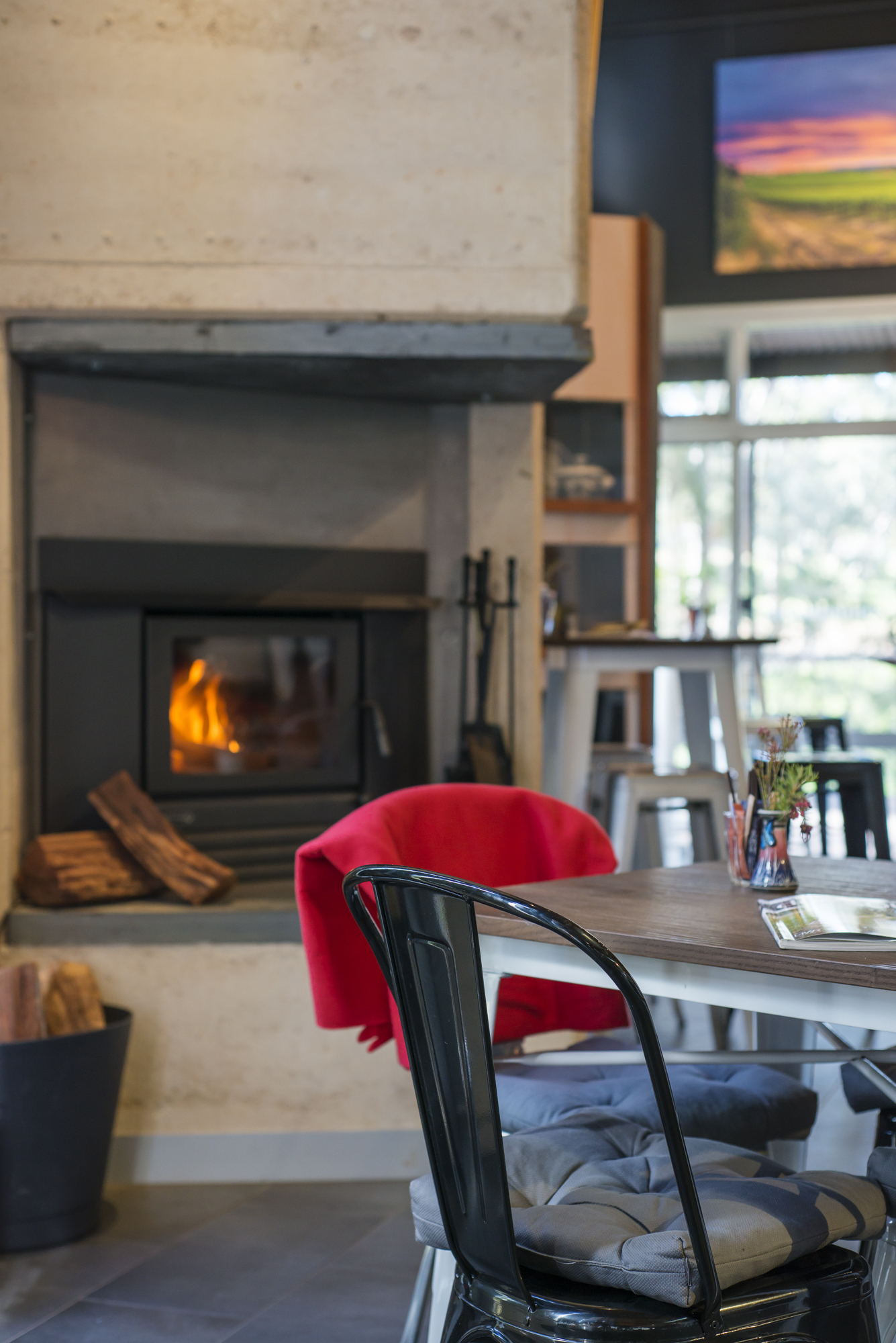
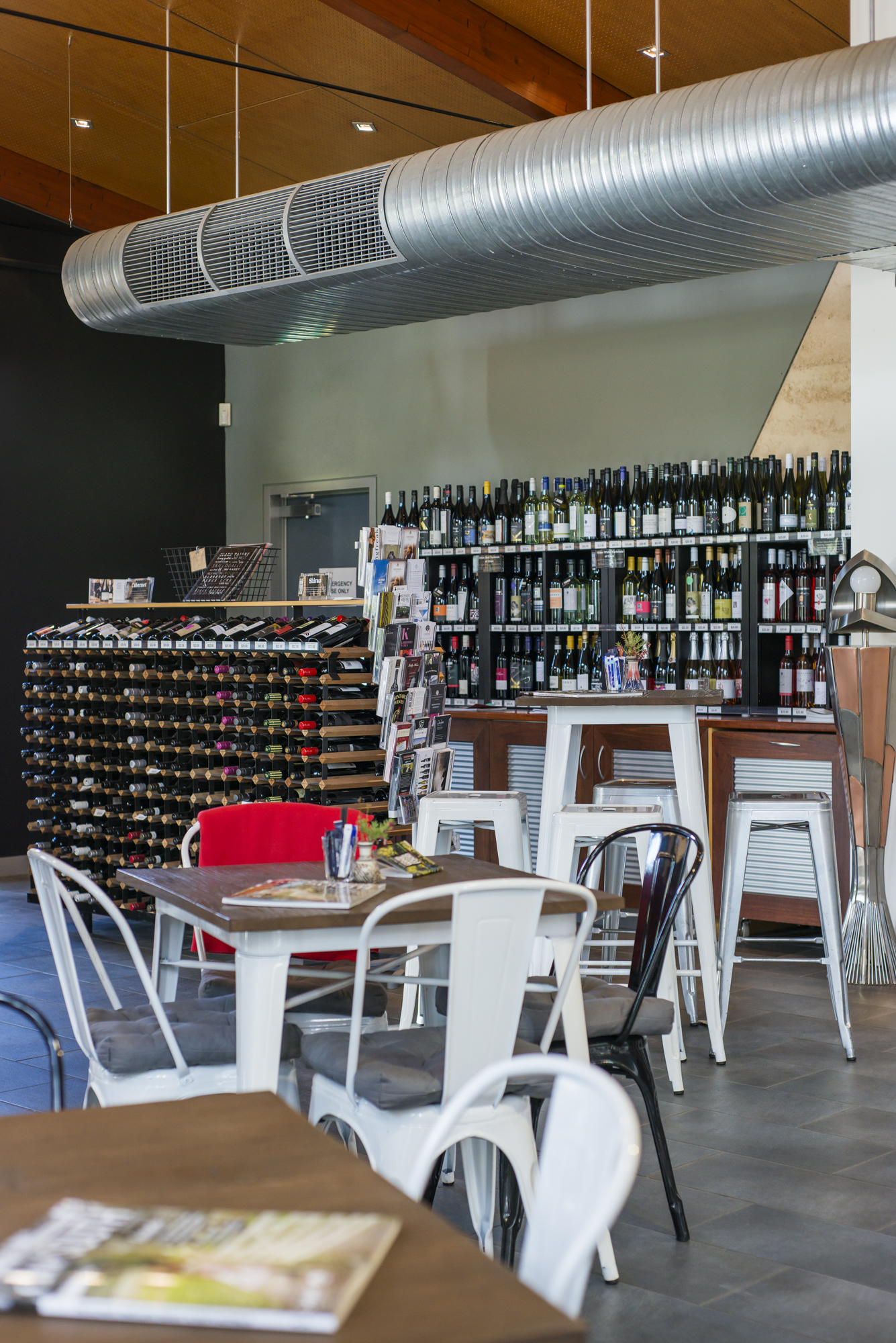
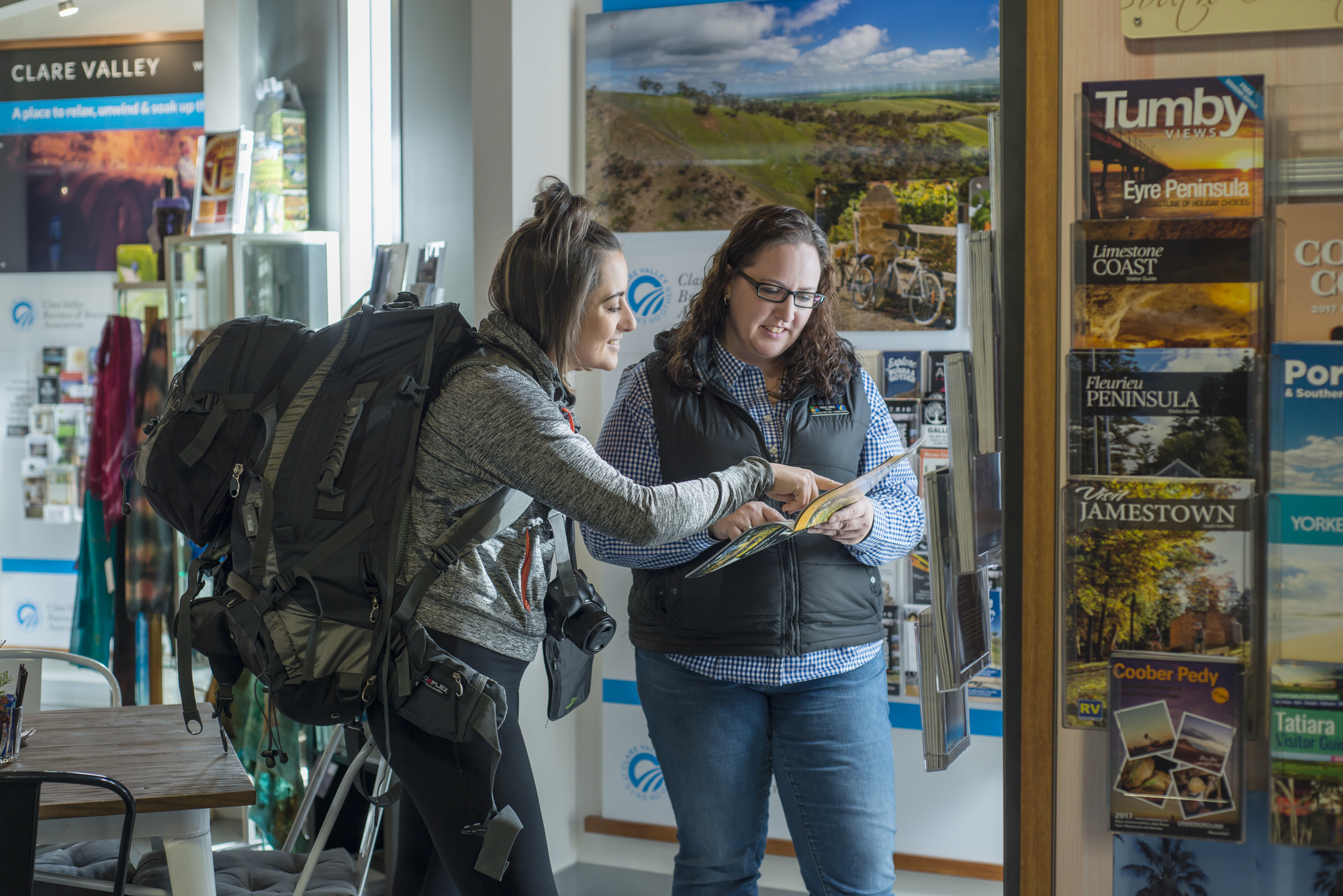
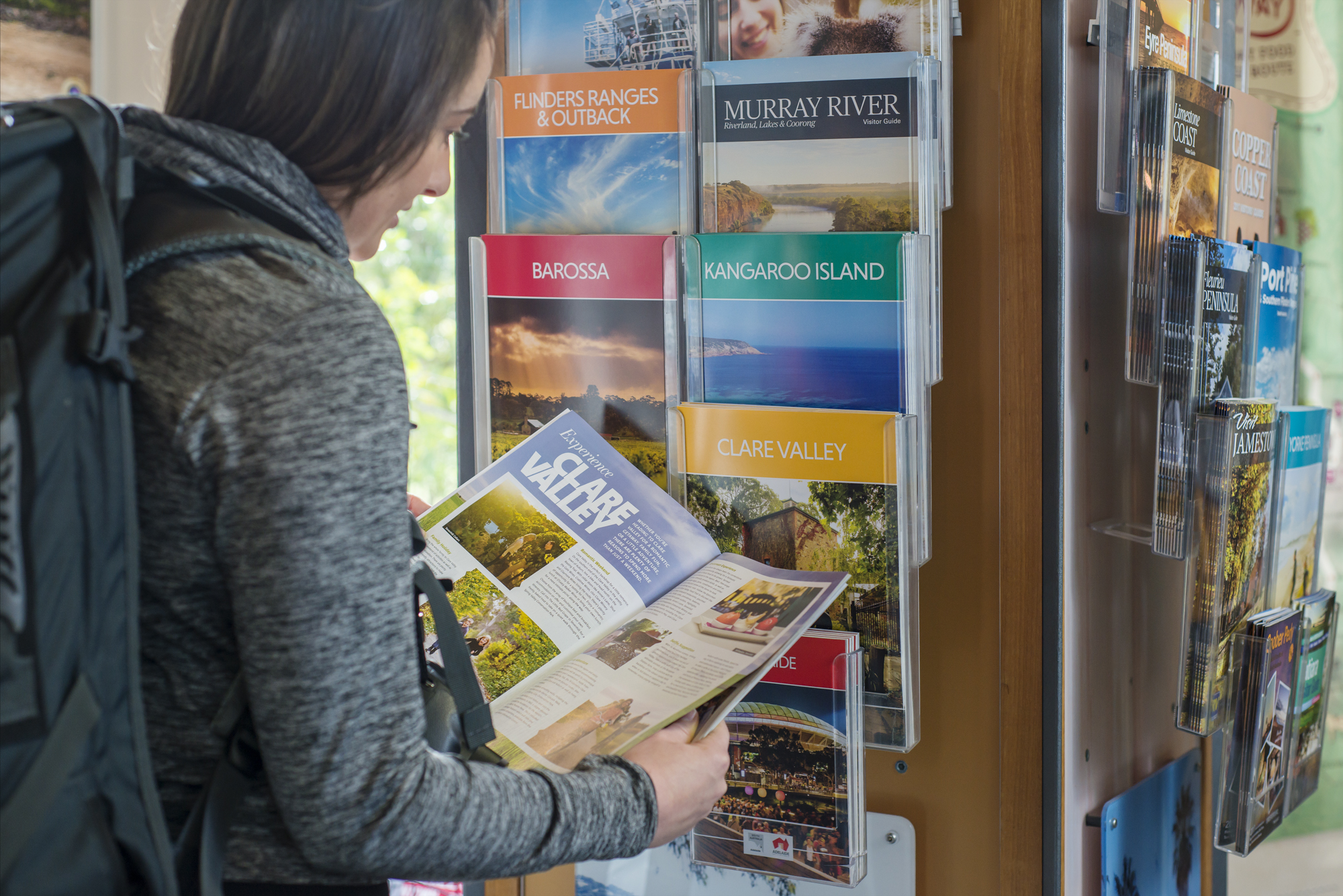
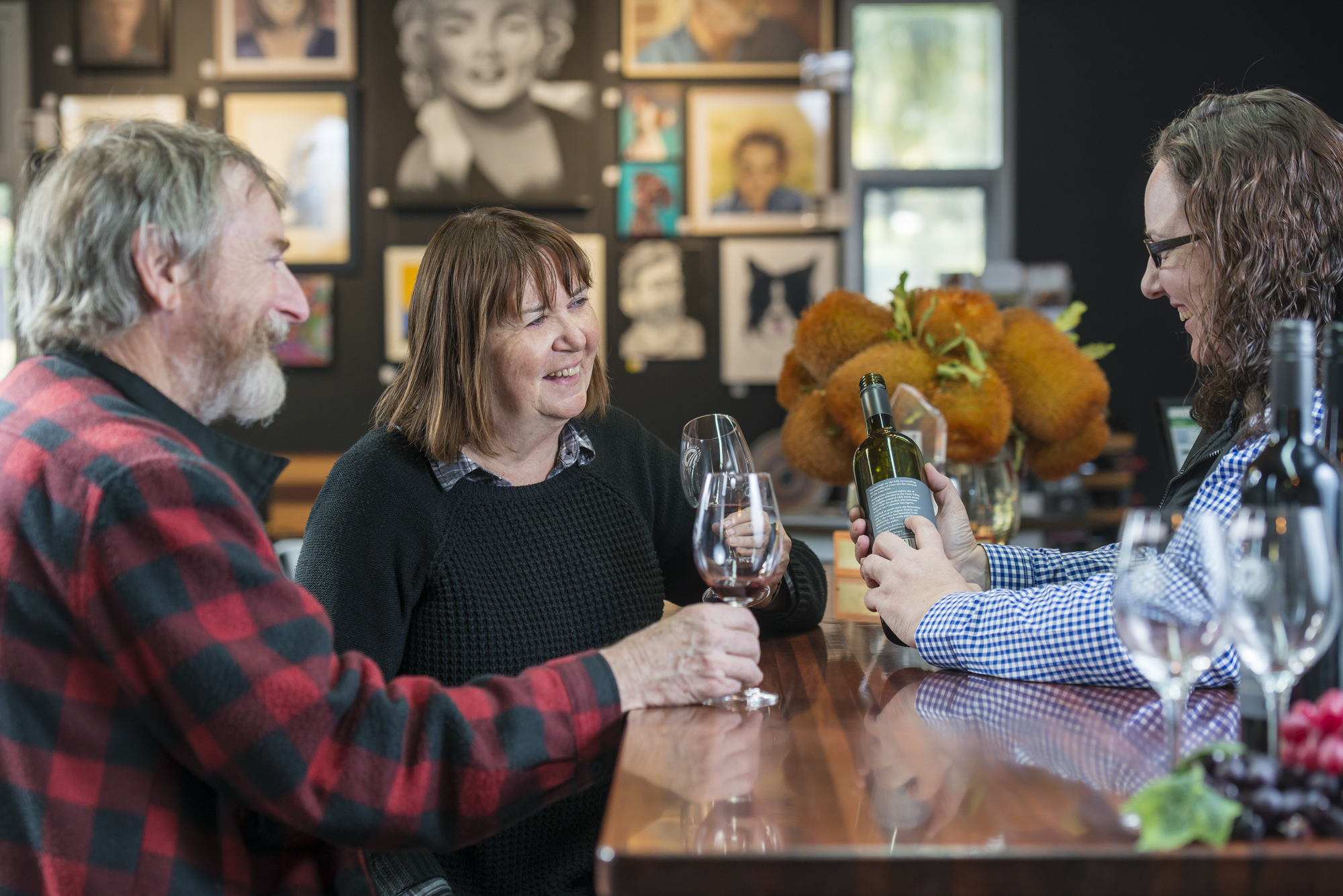
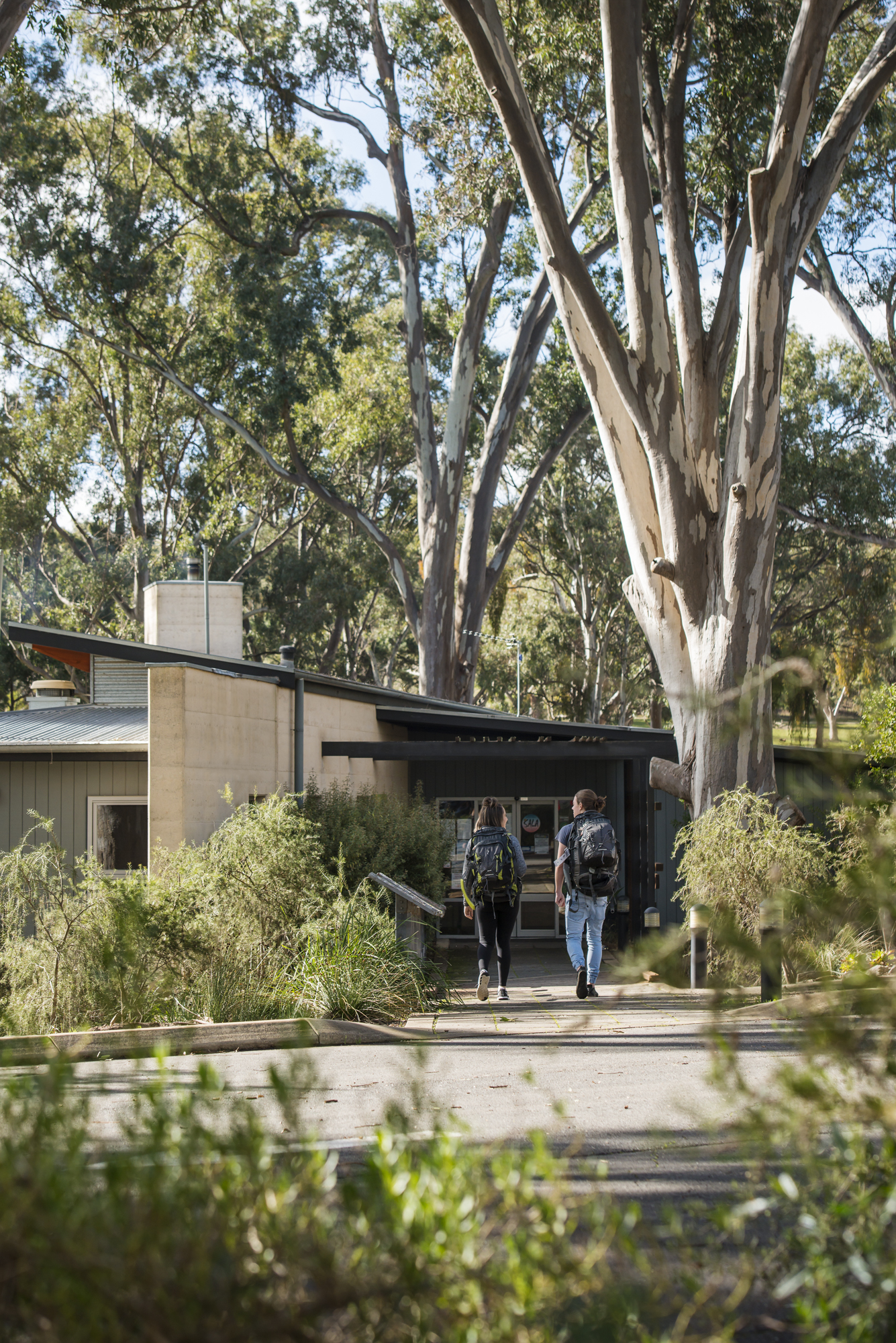
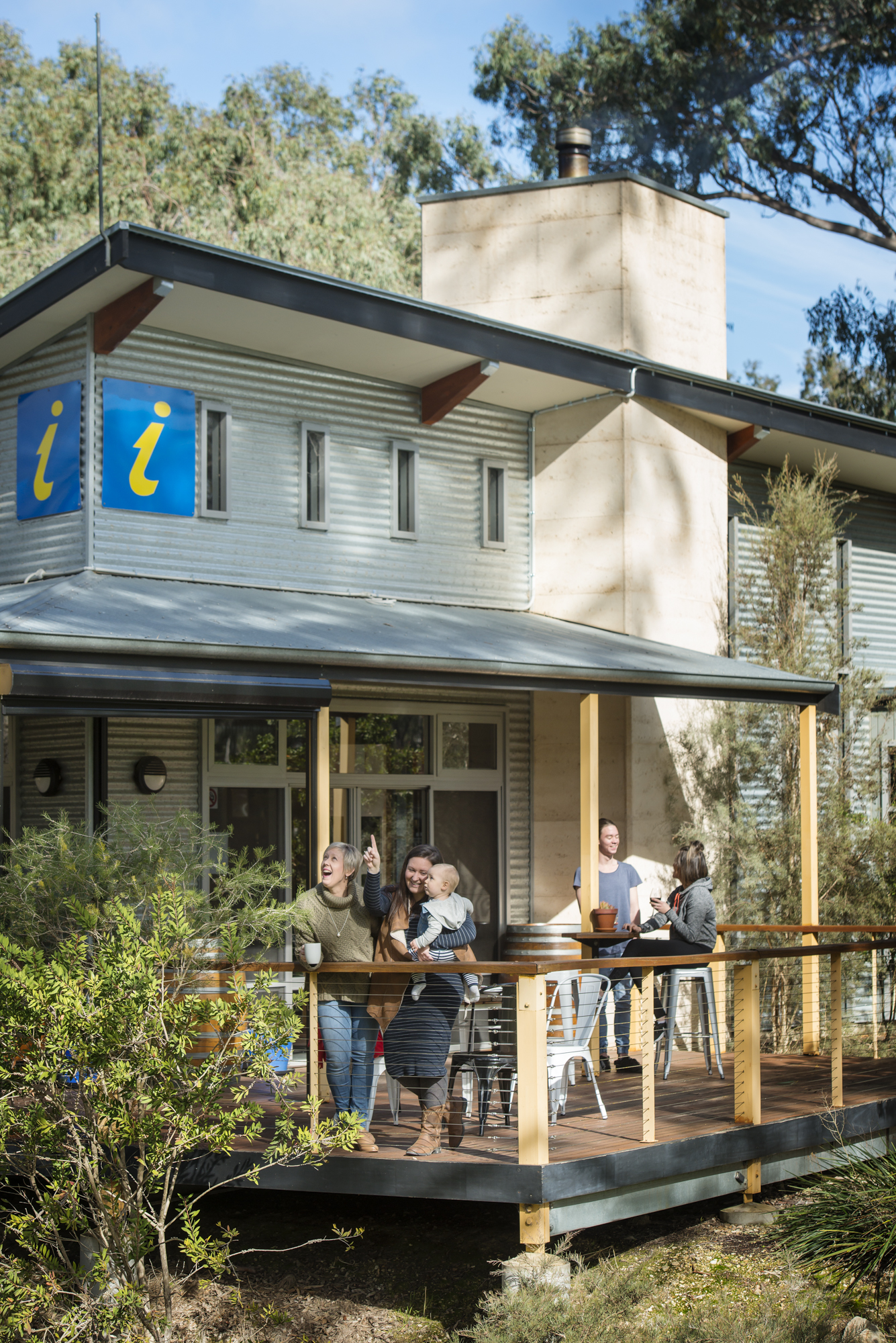
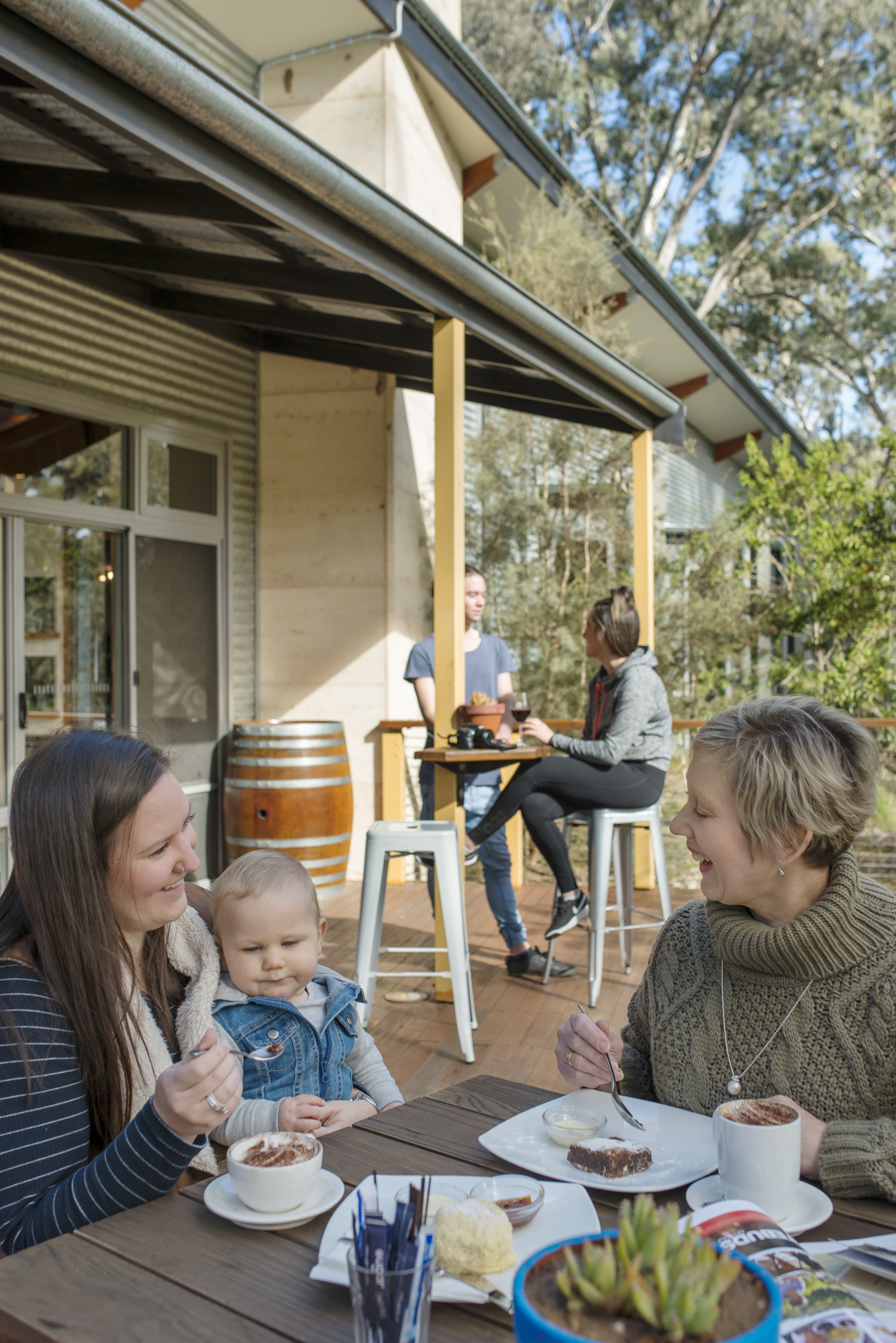
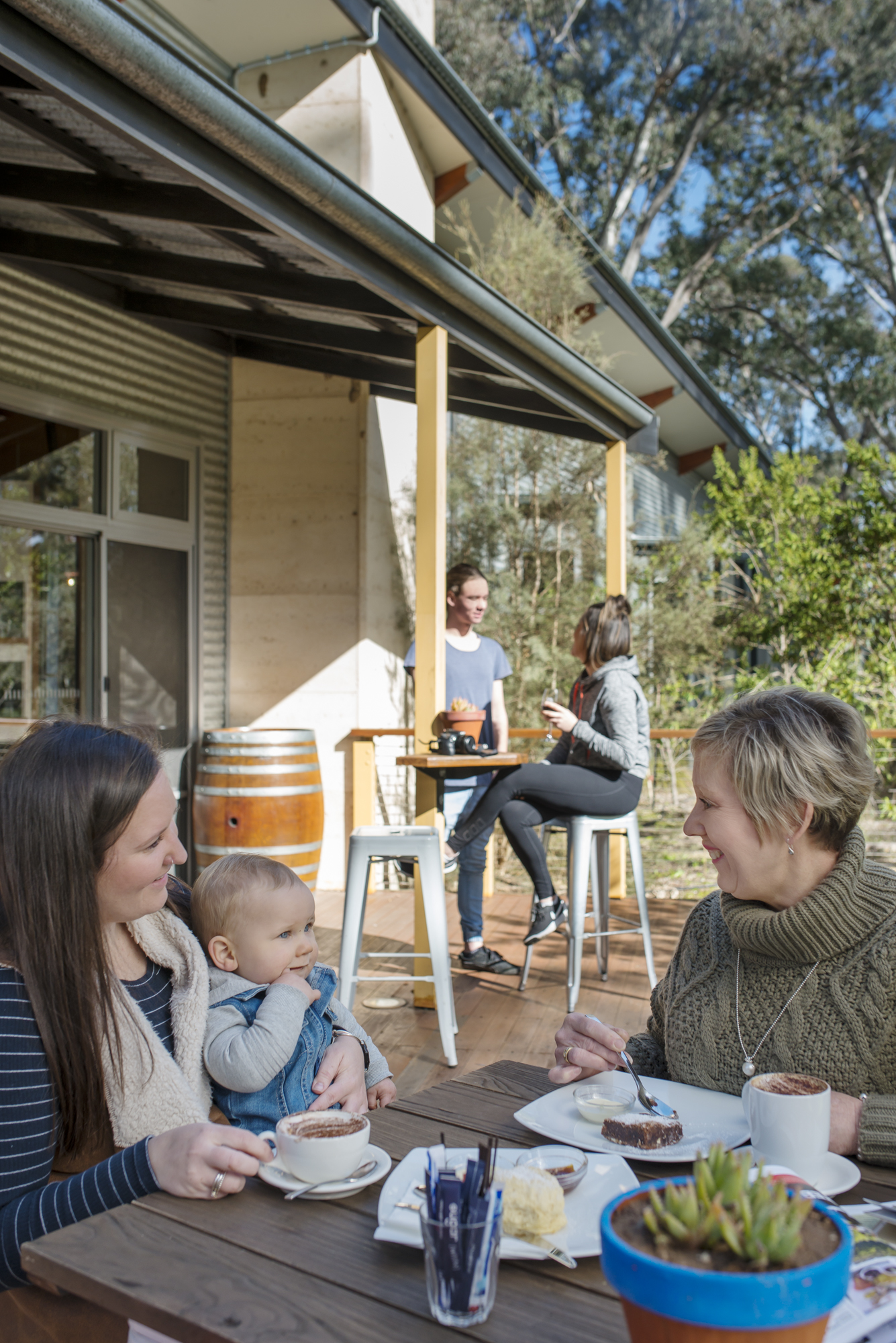
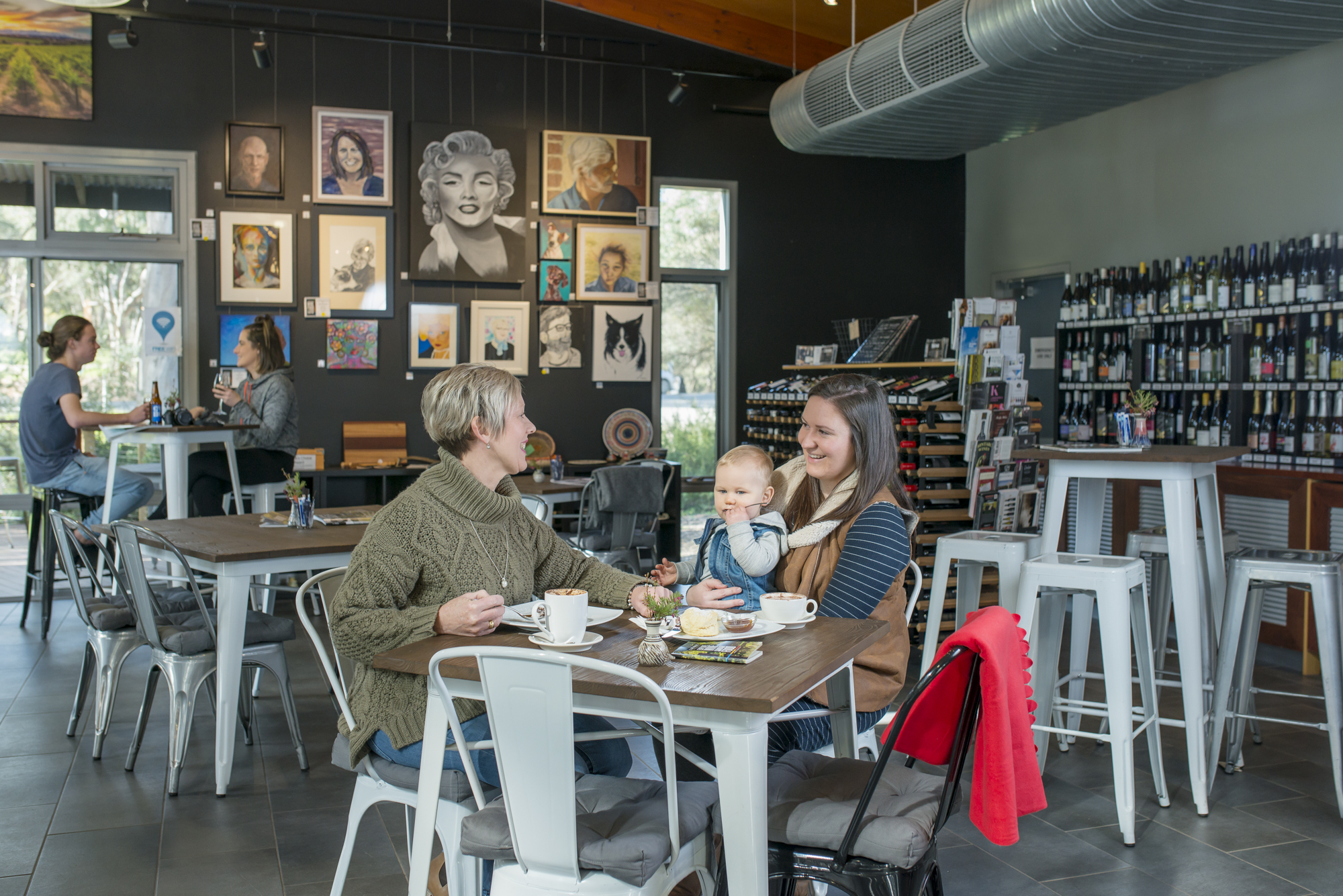
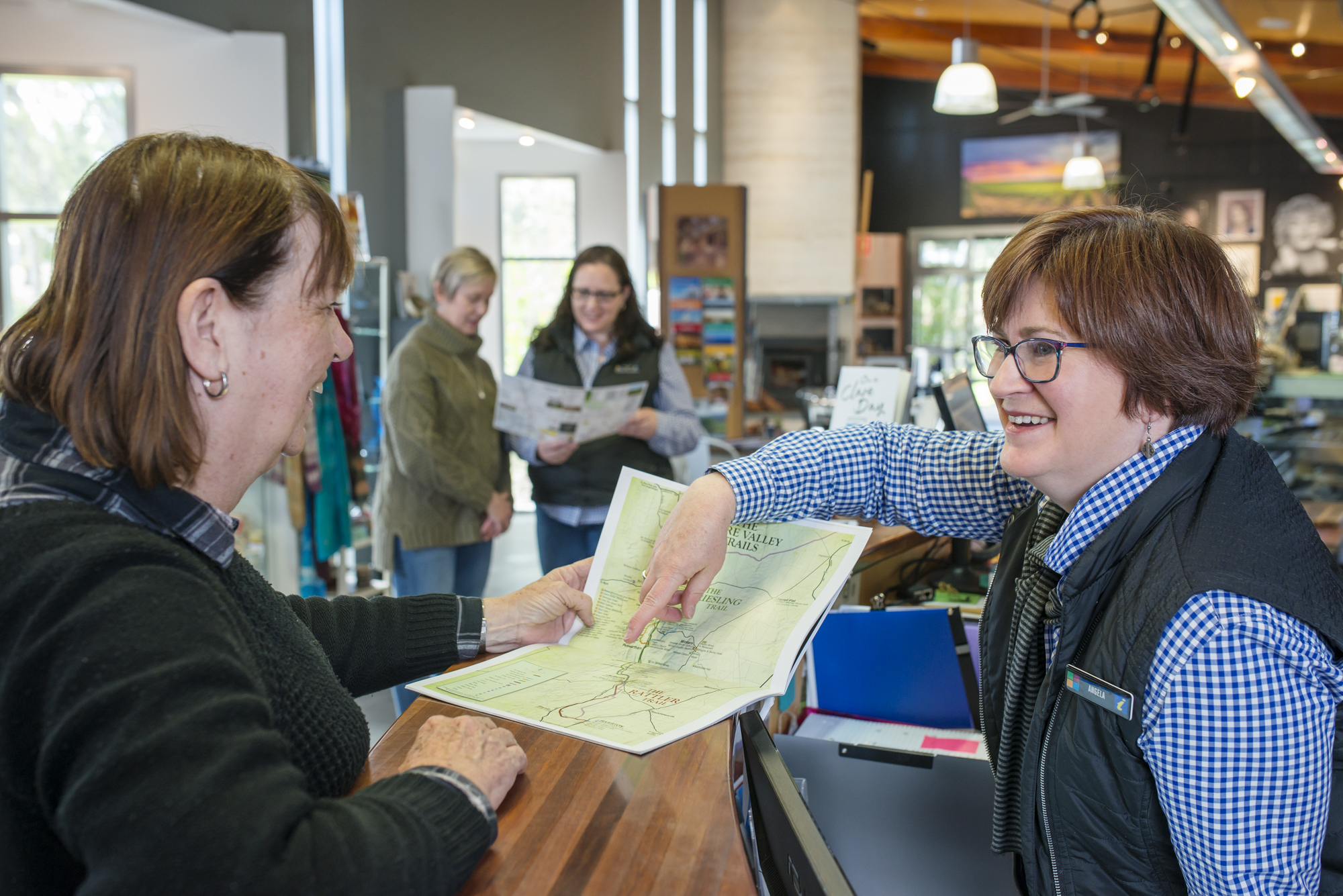
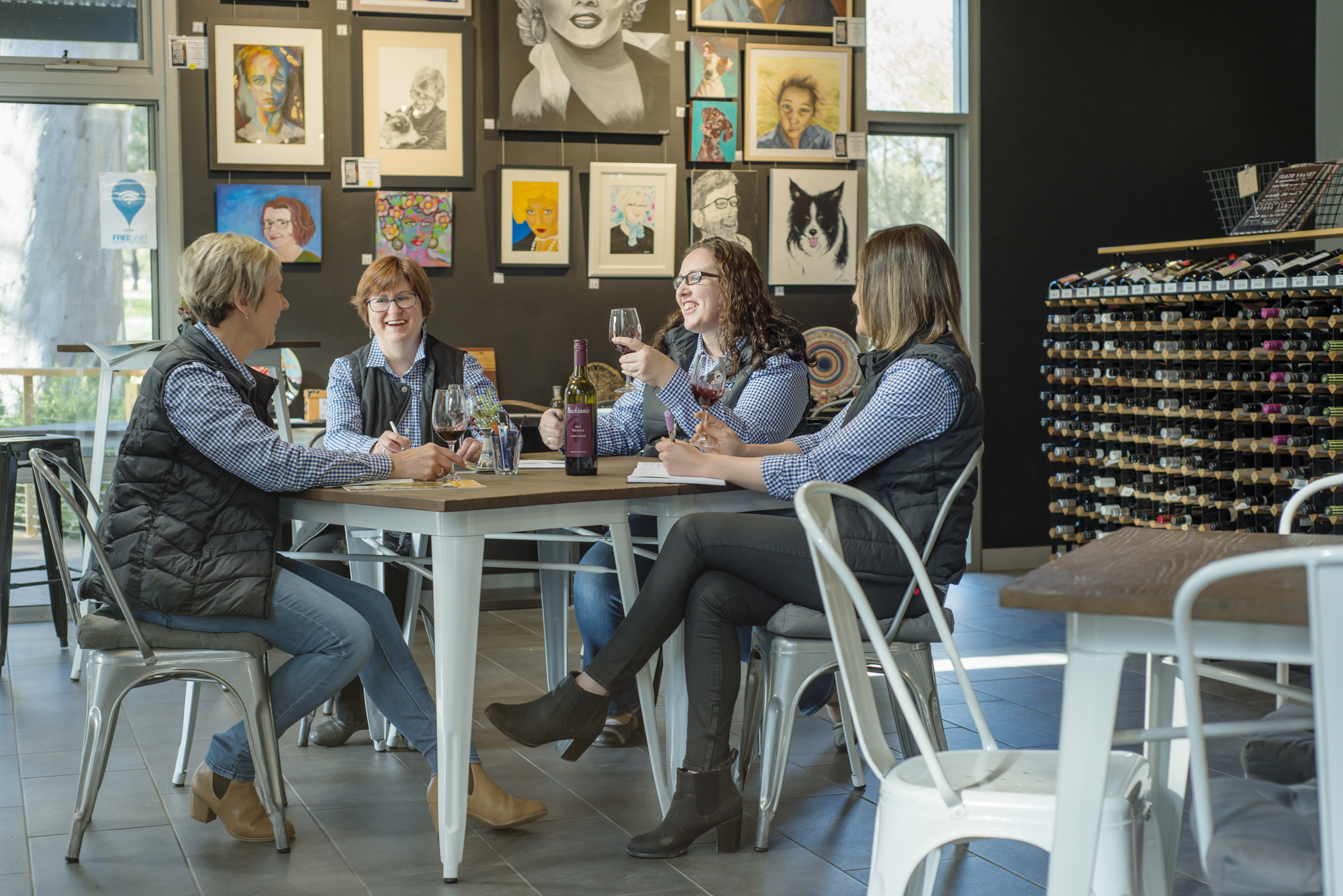
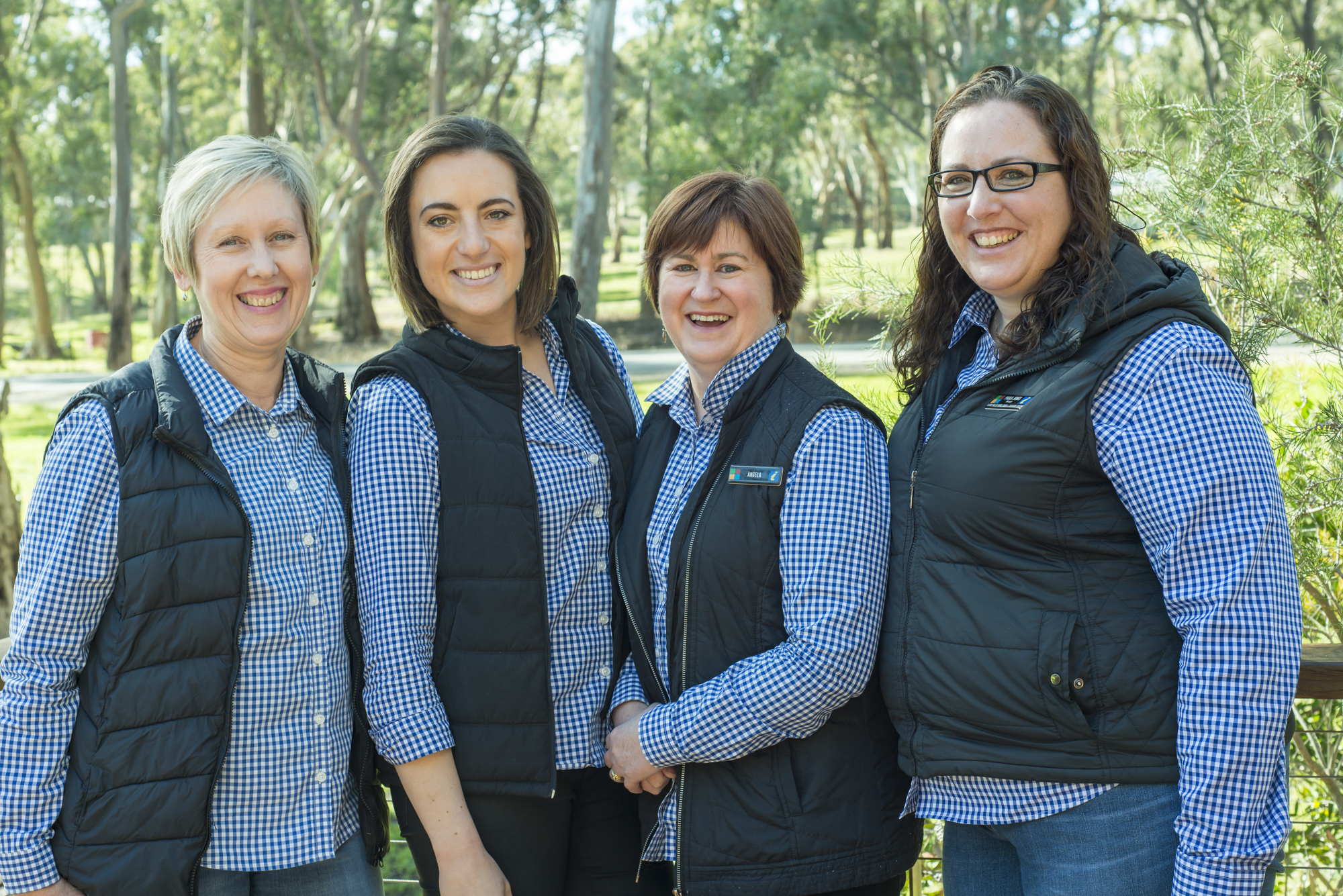
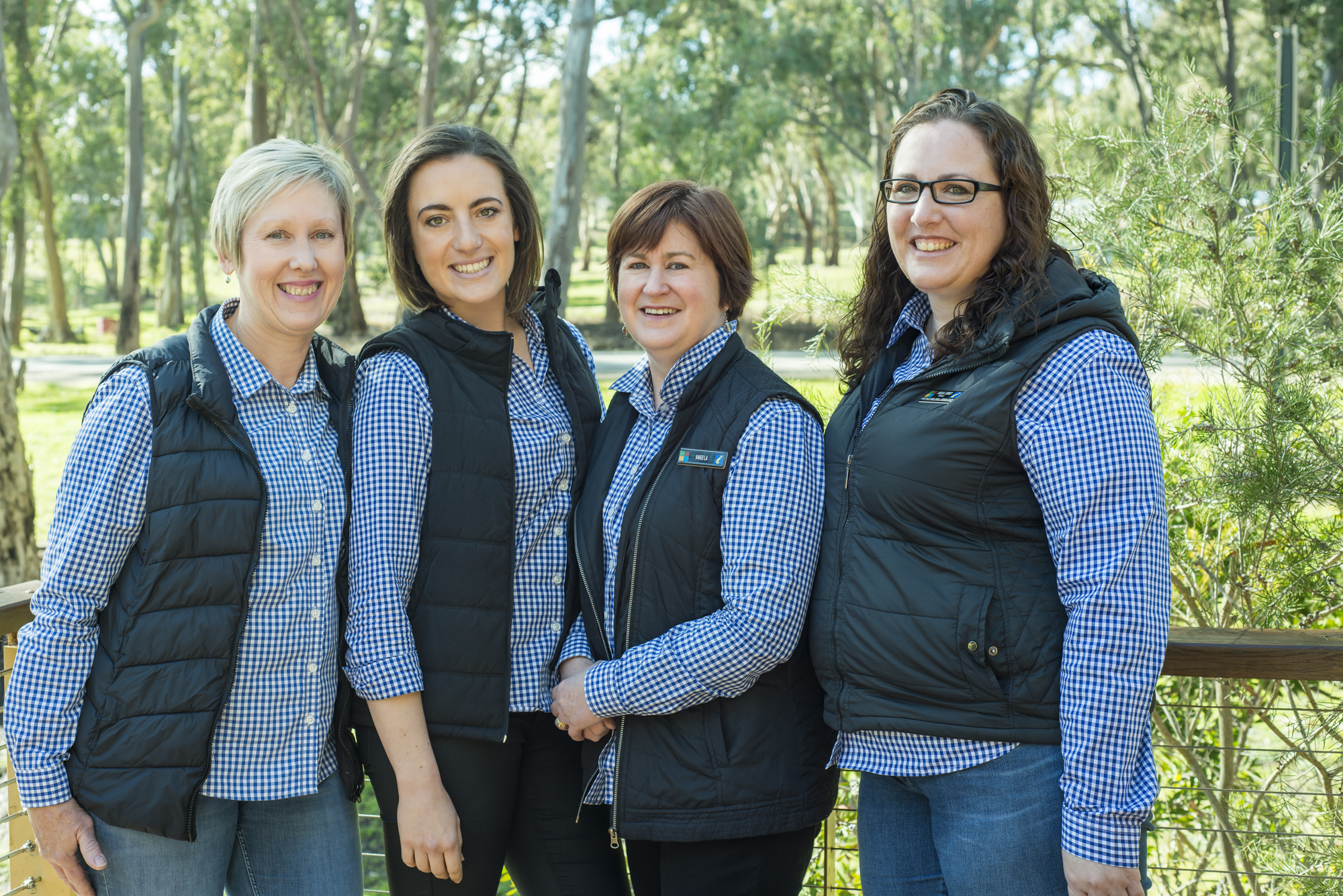
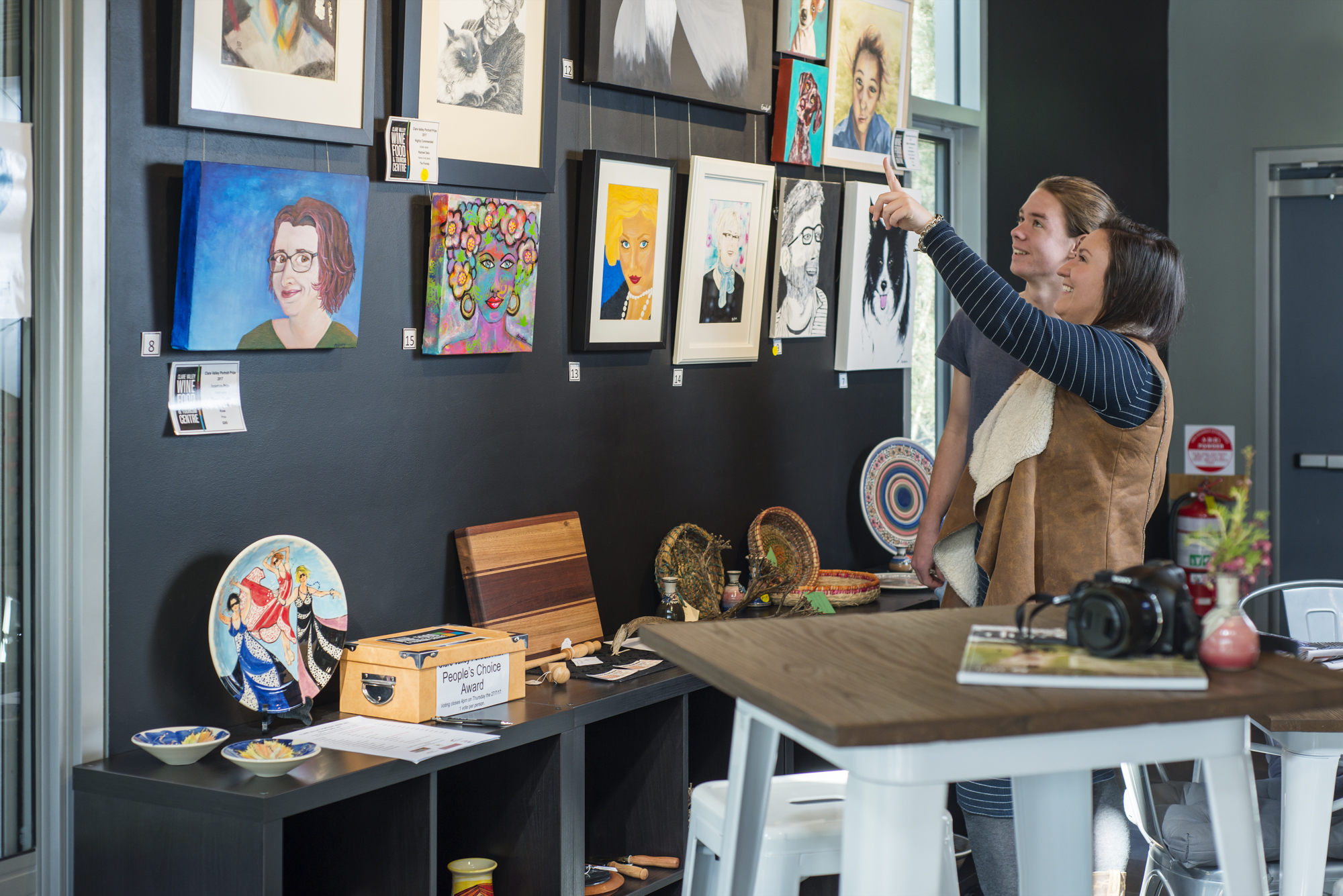
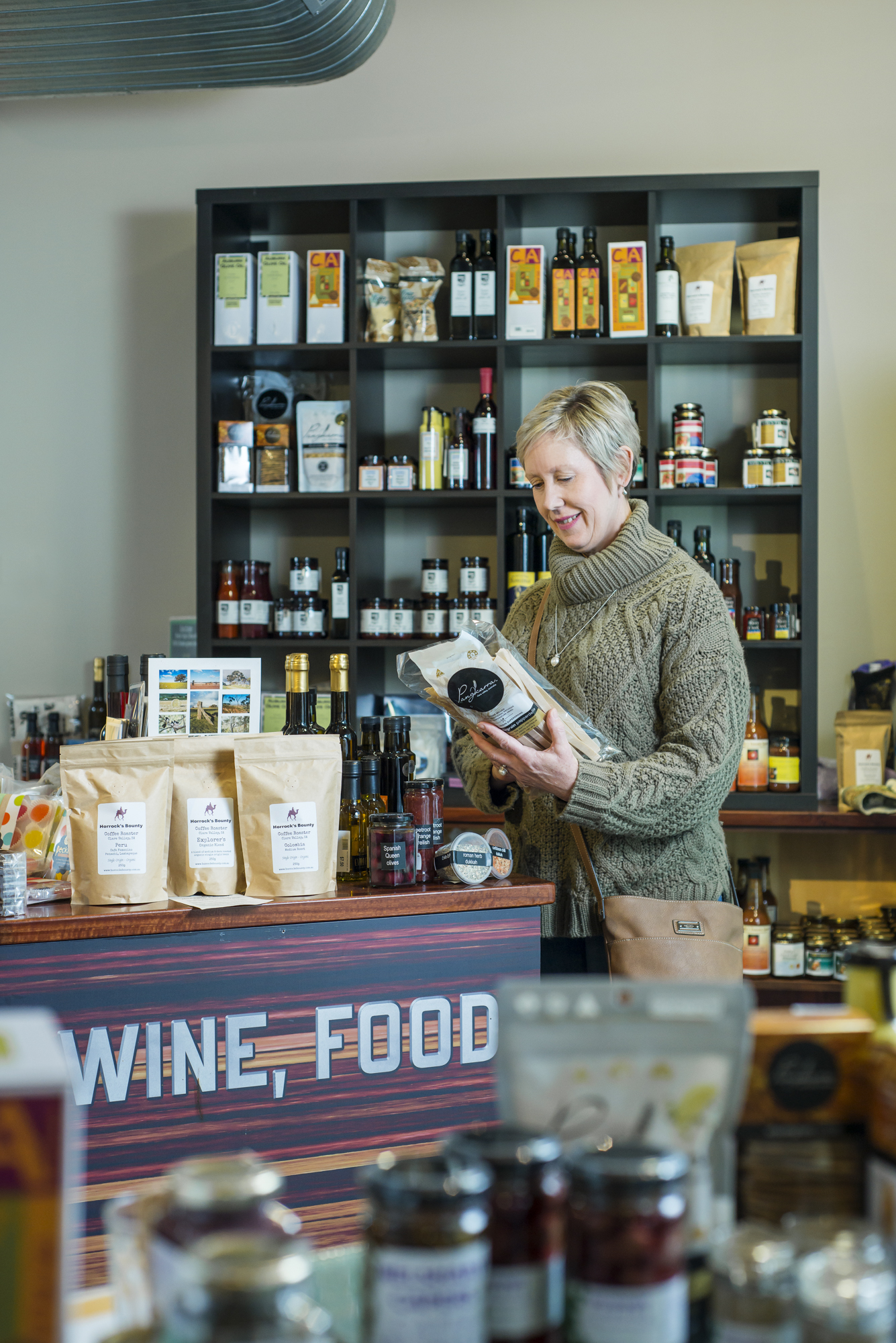
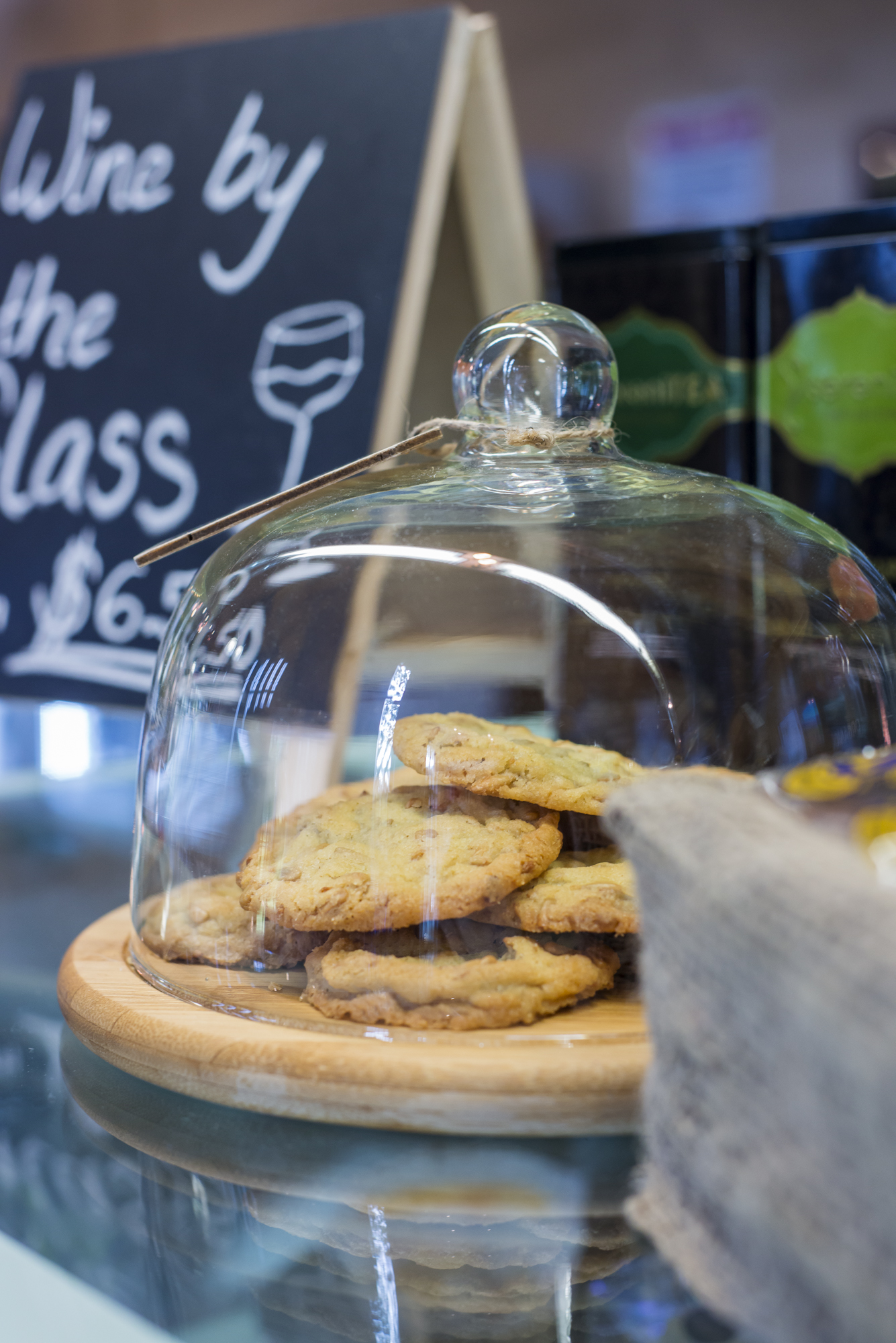
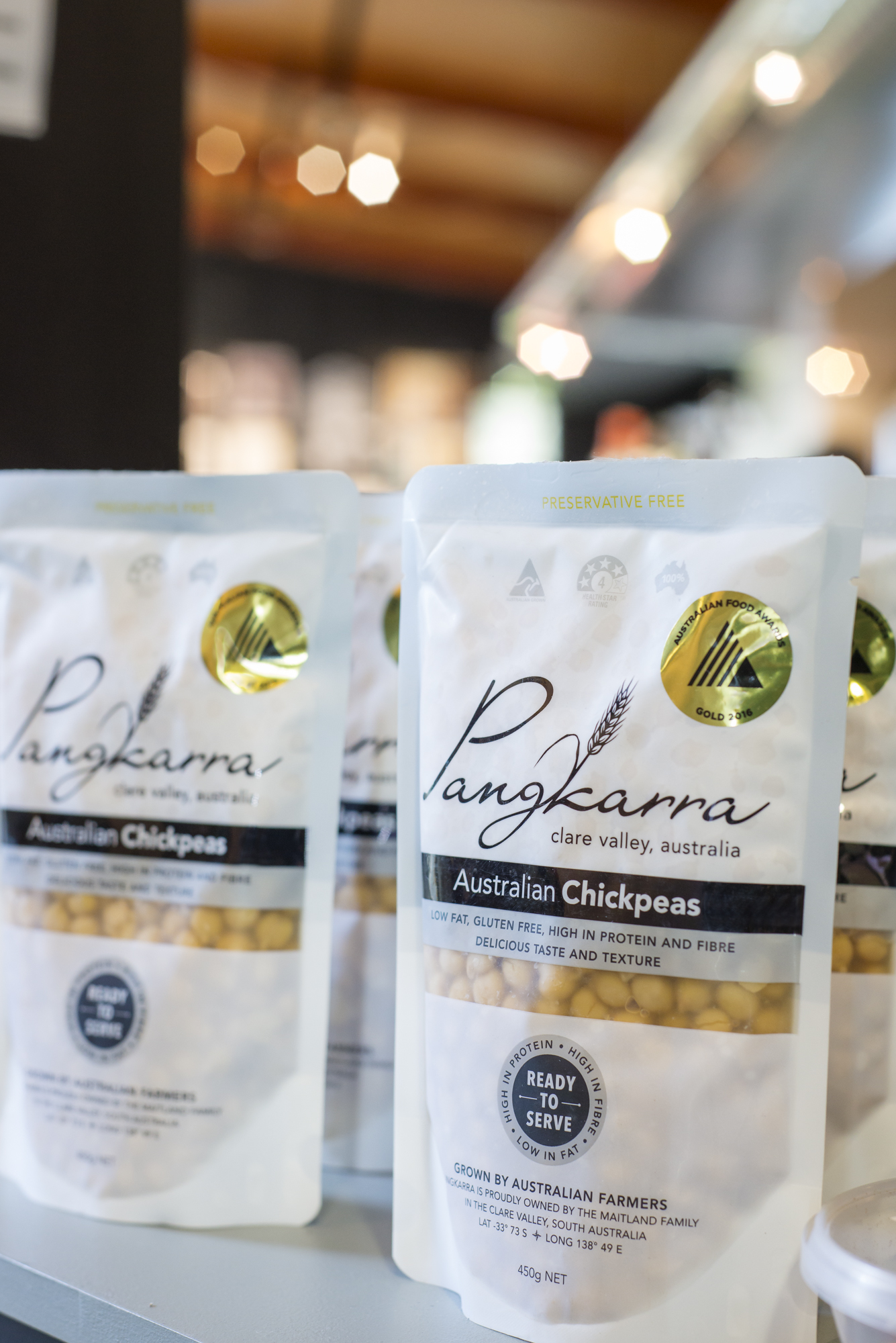
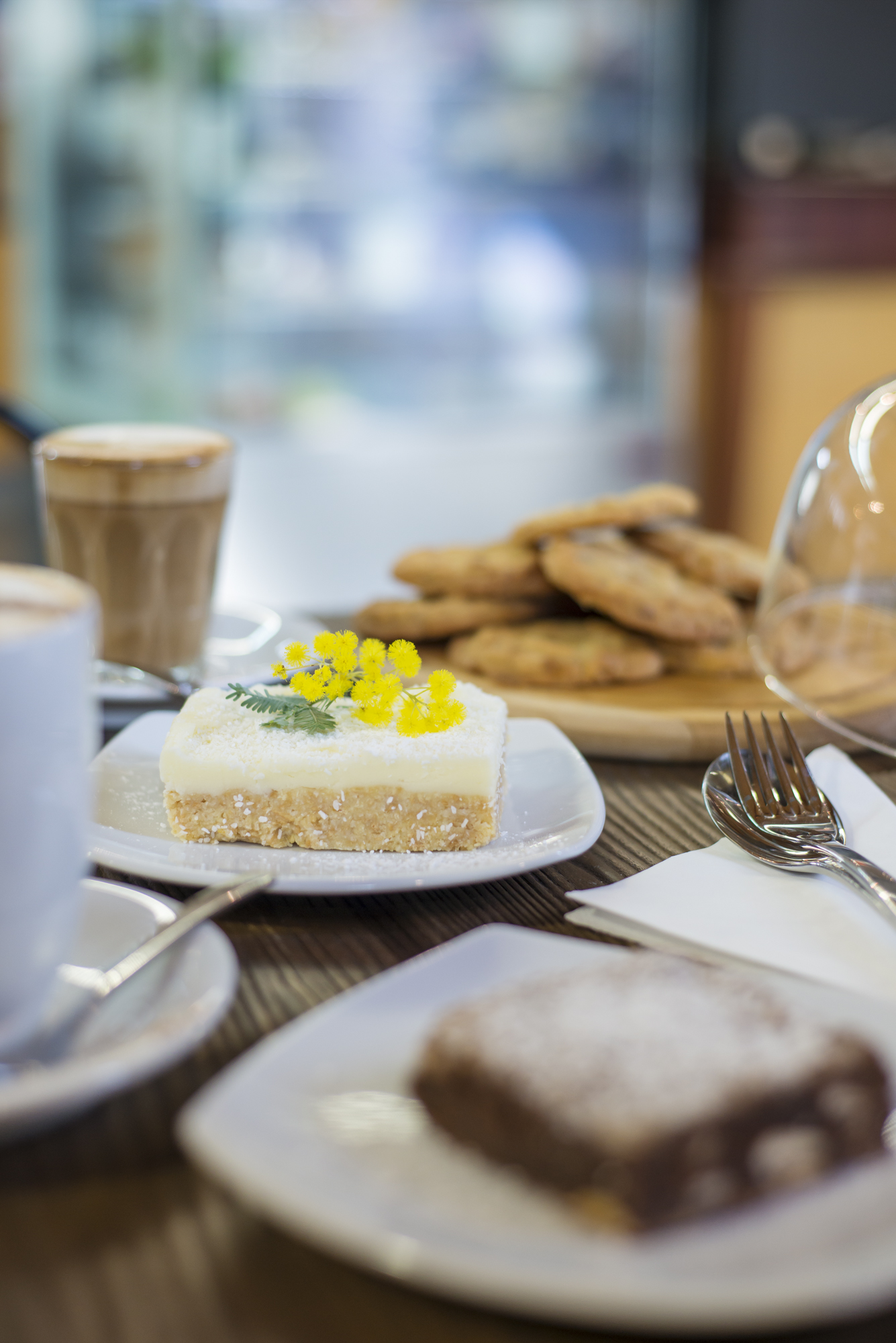

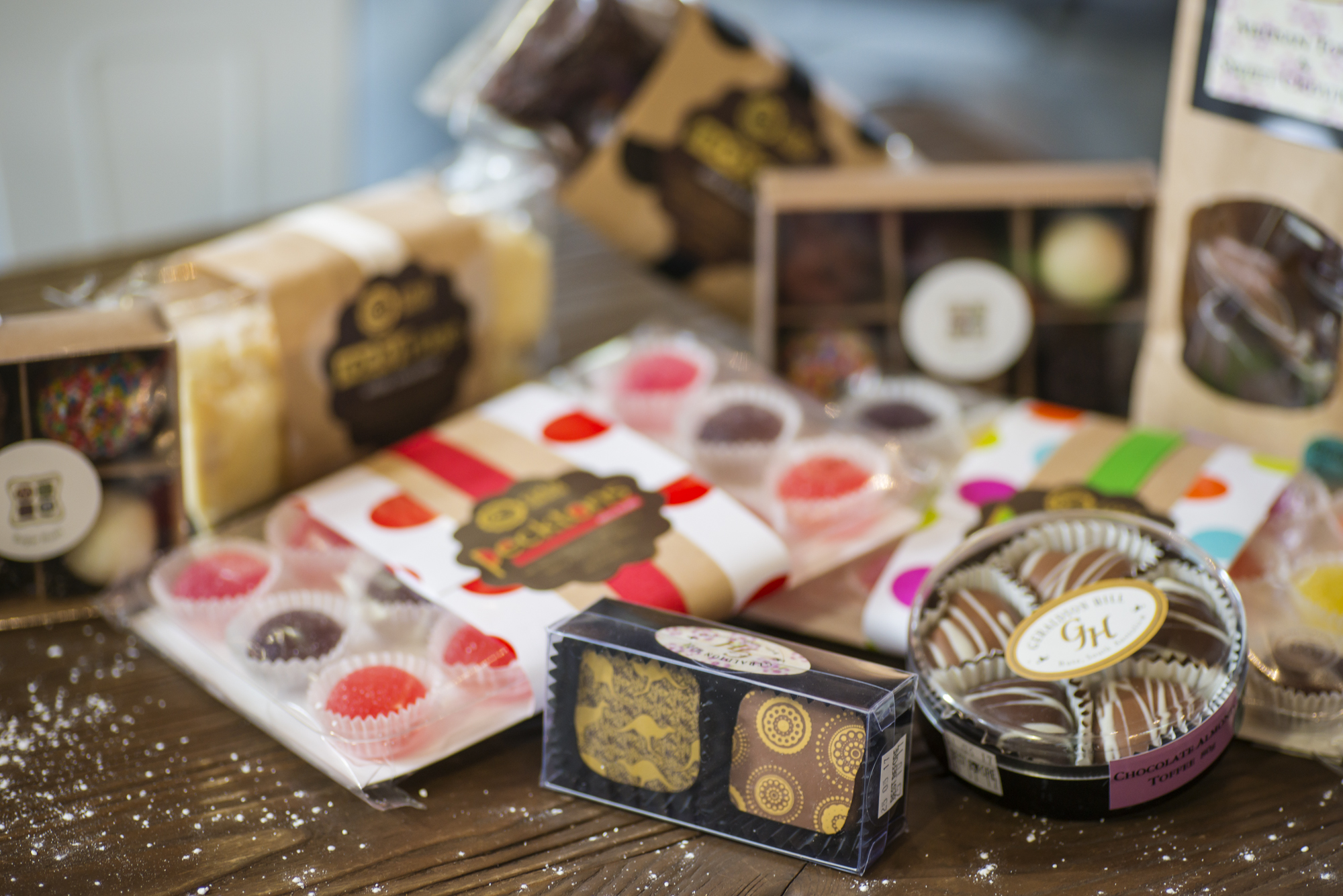
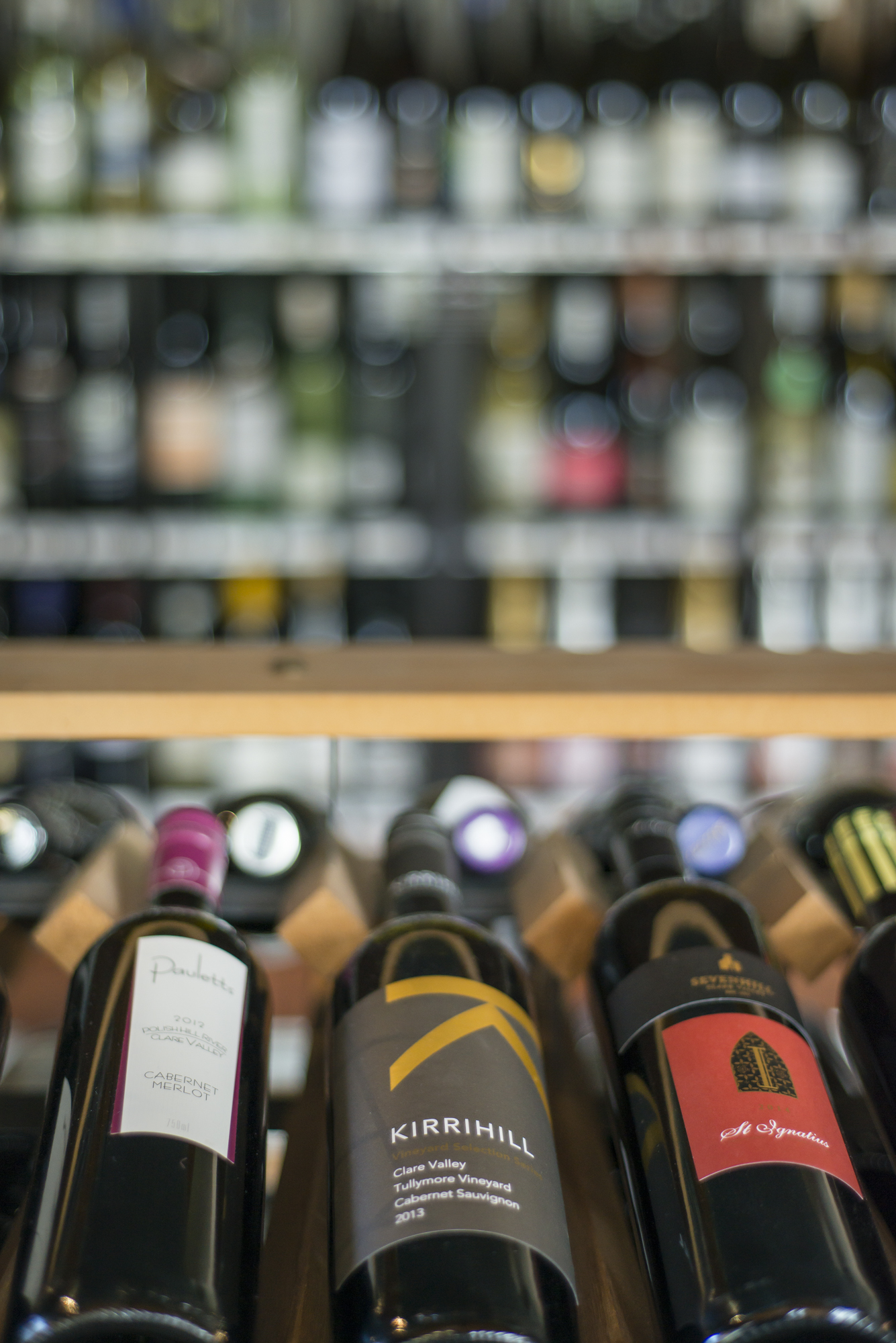
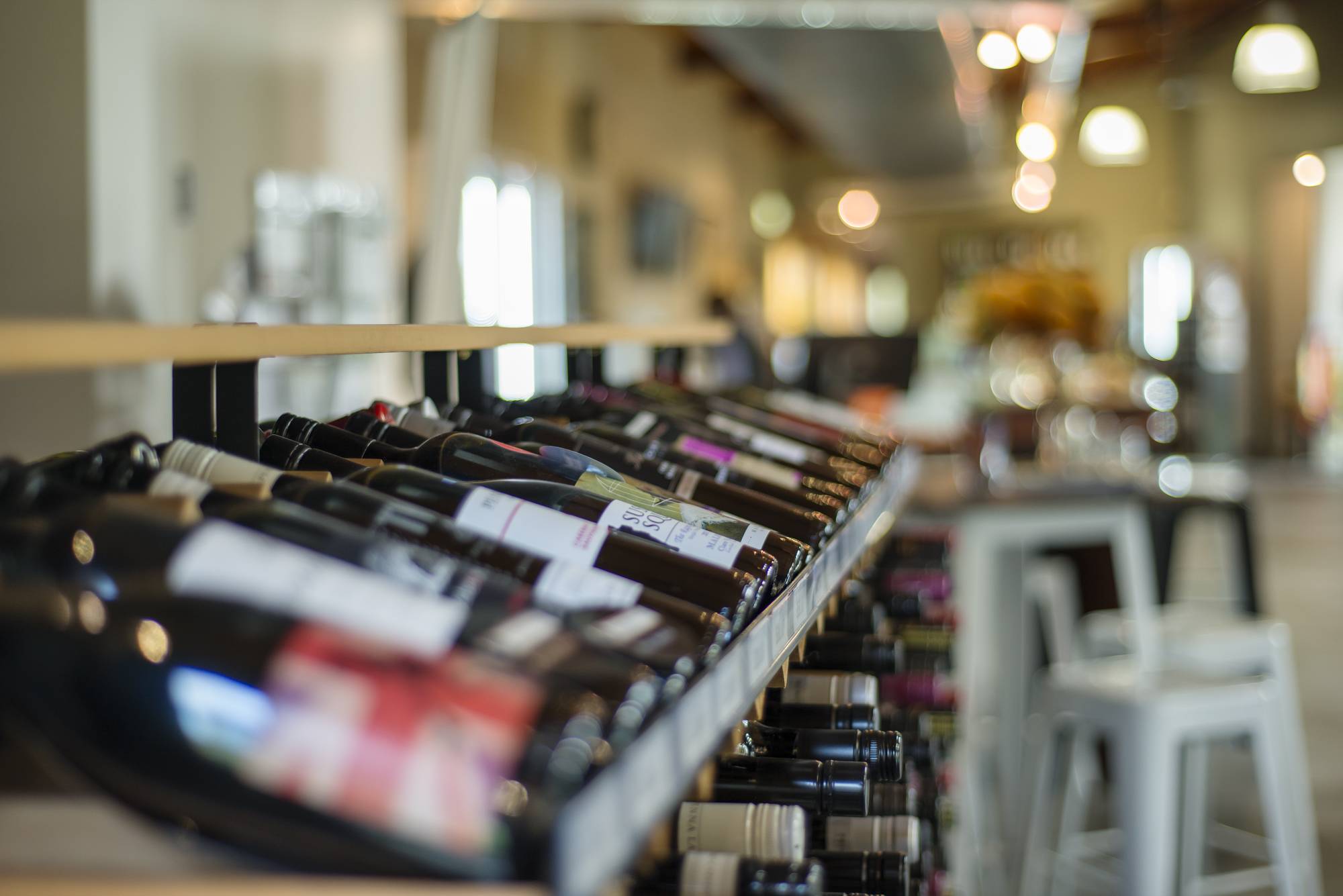
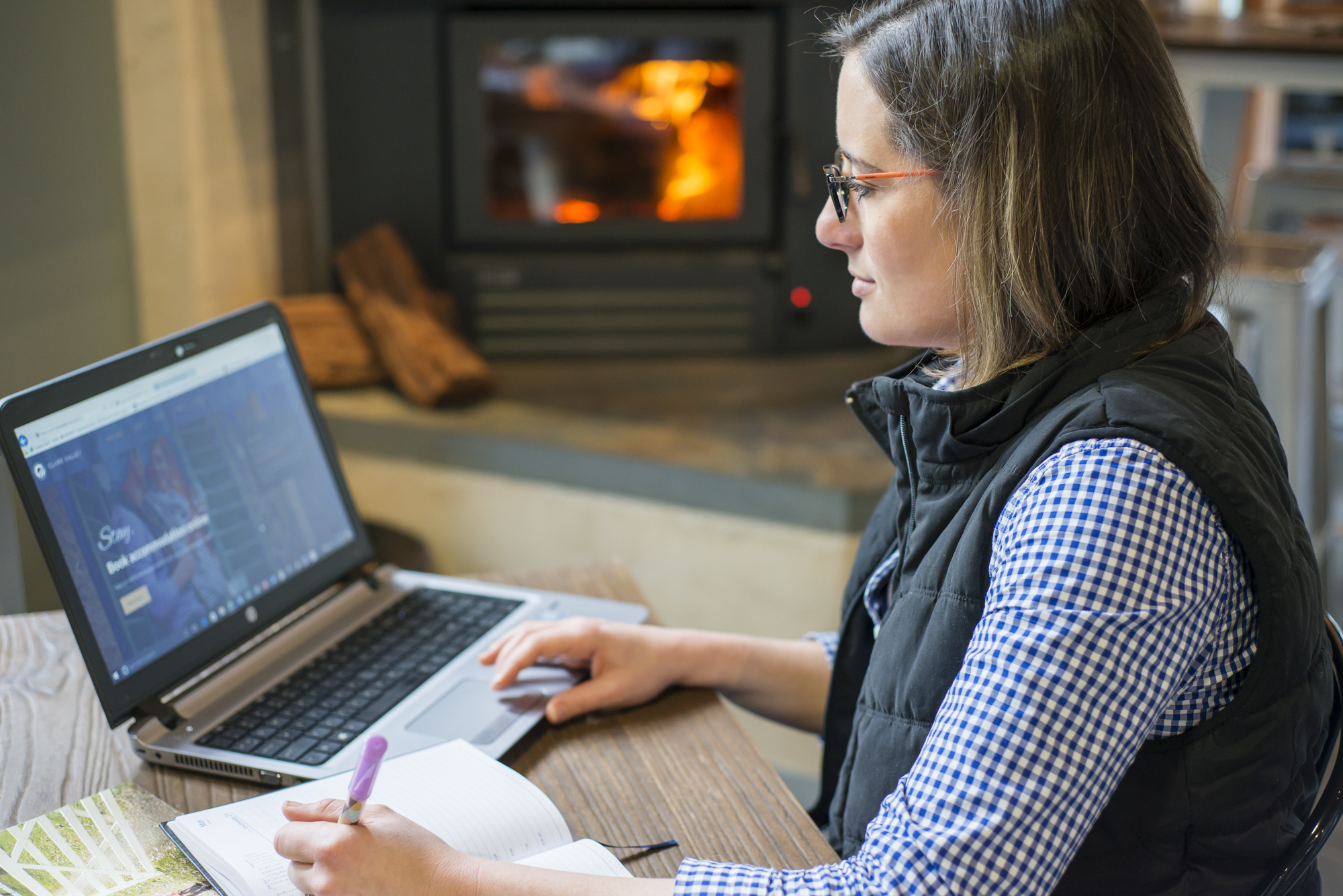
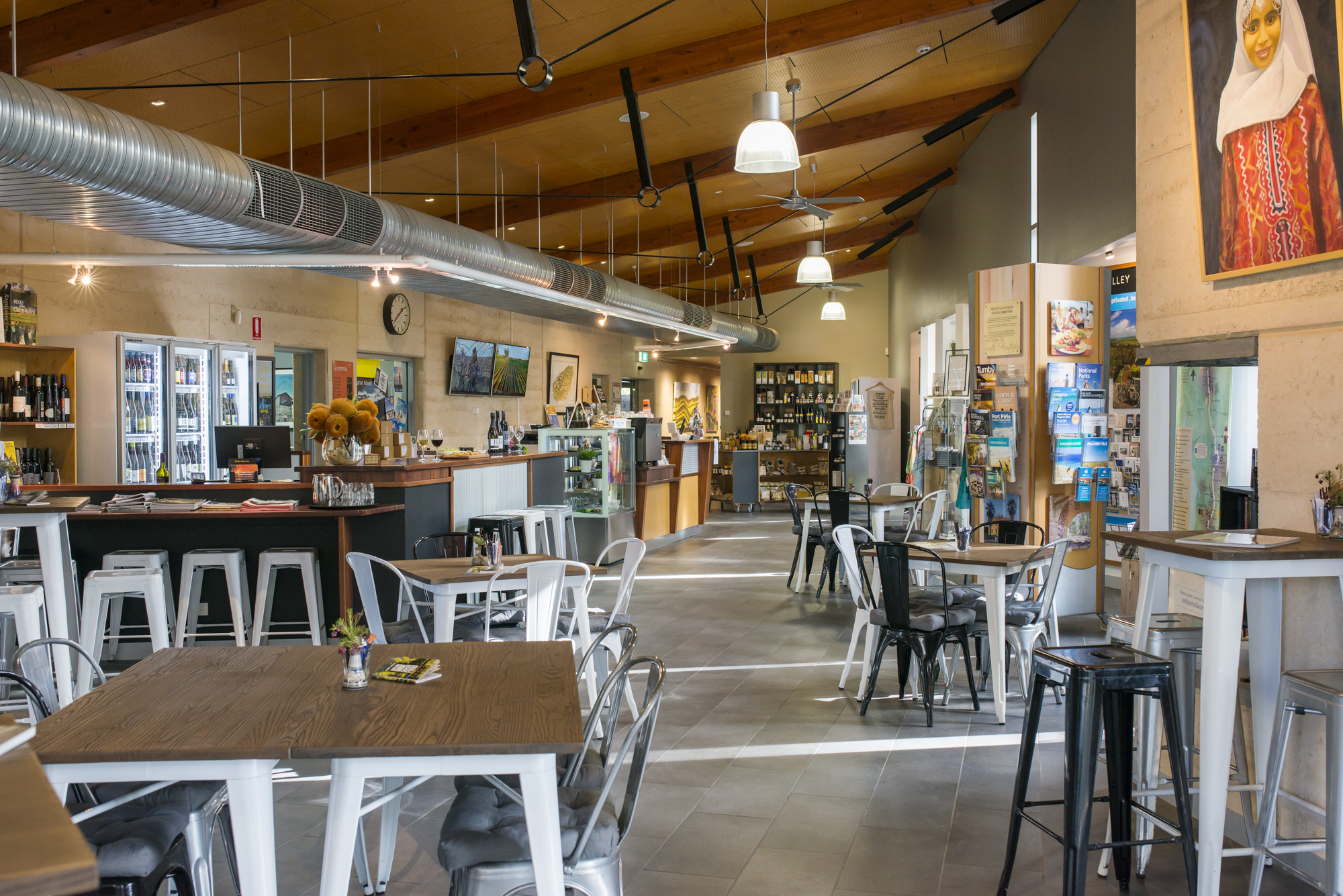
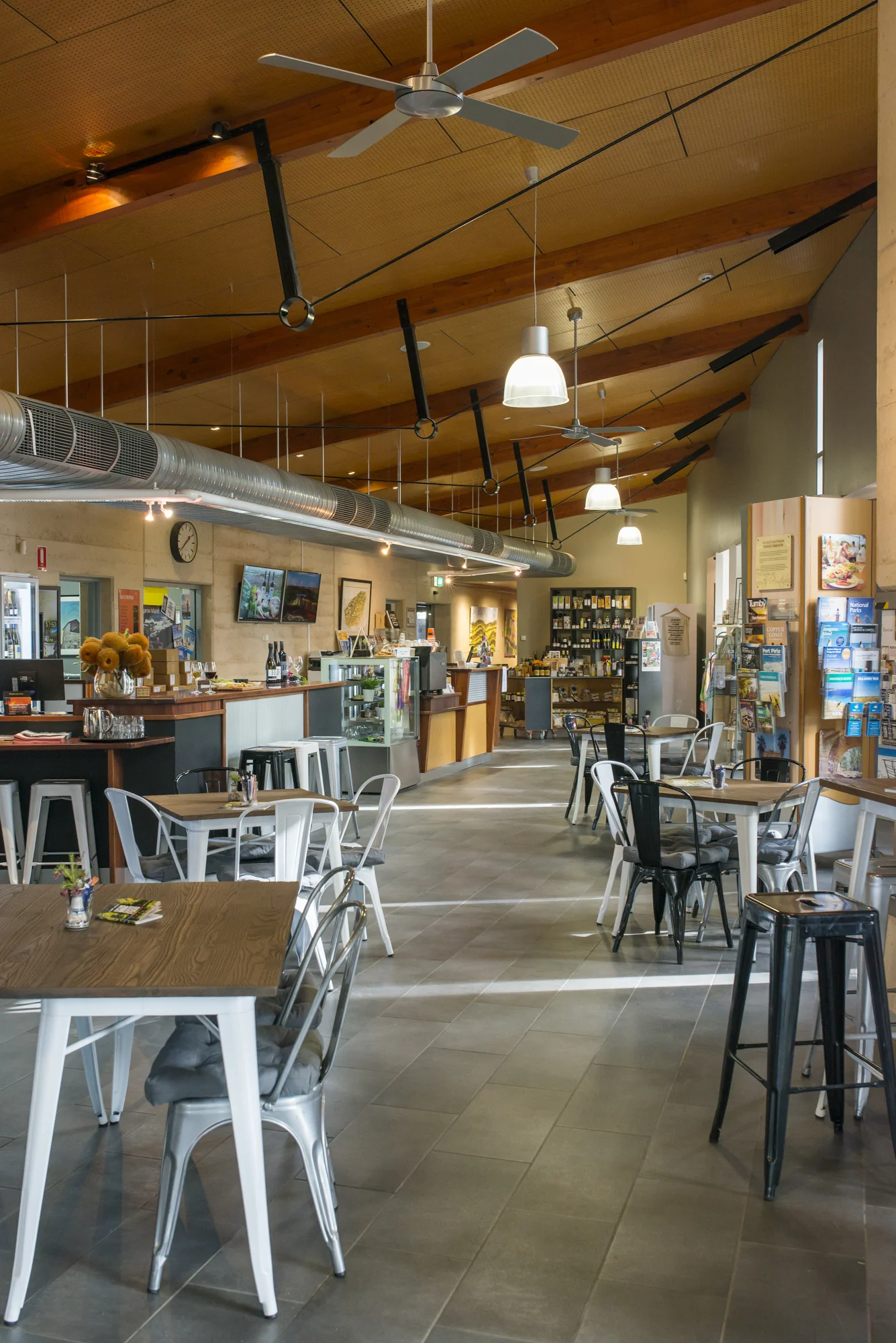
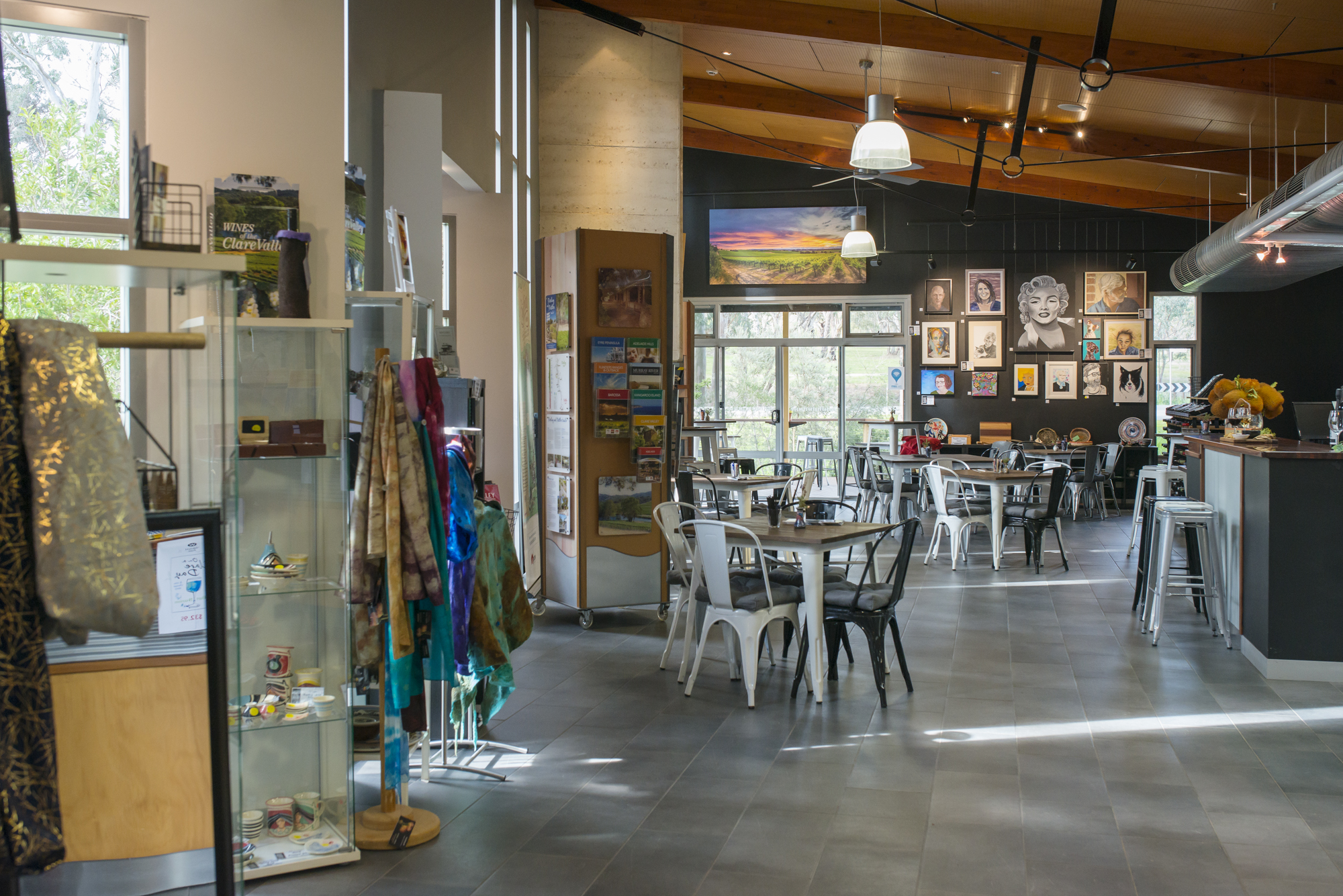
5 tips for building your photo library
"A picture tells a thousand words." We have heard the saying... how many times?
How do your photos tell your story?
Here are some tips to get your photo library working best for you.
Special family times...
Your photo library is the visual foundation on which any marketing strategy is built. Photographs show the appeal – and the competitiveness – of a company or destination.
Research says you have 8 seconds to catch the eye of a Gen Z. And for print... the decision to read or reject pamphlets and direct mail pieces is made by readers in just 2.5 seconds.
Considering thousands of dollars are being spent taking those images into the marketplace - think websites, promotional collateral, travel shows, social media... it makes sense to do it properly from the start. Good photographs are the foundations of your marketing.
Here are a couple of suggestions to make sure your foundations are sturdy.
1. Don't rush it. Plan to build your library over several assignments. You are unlikely to get all the images you need in a single assignment. Consider different light, times of year, emotions, feelings, events... Develop a shot list with your photographer, taking into consideration seasons, major events, travel time and accessibility. Then prioritise. Work out what you can do straight away and what you have to wait for.
2. Recognise the difference between “Stock Shots” (the necessary pictures that show the range of attractions you have to offer) and “Hero Shots” (the flagship photographs that are likely to lead your promotional effort). Like a magazine with their hero cover shot and then the additional feature shots inside the article. Plan to it.
Stock shot of accommodation...
Hero shot showing emotion and experience...
3. Build your library on professional standards from the start. For example... ensure all images are licensed to you and your stakeholders to use for promotional purposes, you have Talent Releases for all people in the photographs, and the images are of a professional standard (i.e., size, colour space, etc.).
4. Work out the most effective way of keeping and distributing your library of images. This will save you hours searching for images in your next campaign. And save you from losing any. Your photographer can also offer advice on how they do it/what they recommend.
5. Make sure your images (hero and stock) sit firmly within your marketing brand. Images that define you and make you unique.
Getting back to nature...
Quirky...
Big open spaces...
If you want to start showing off to the world - the best way you can... contact me. We can chat, I can give you ideas, and of course, I can make beautiful photos for you.
All pics taken at www.almertastation.com.au - a place where ‘Kids can be kids and adults can reconnect.’
























